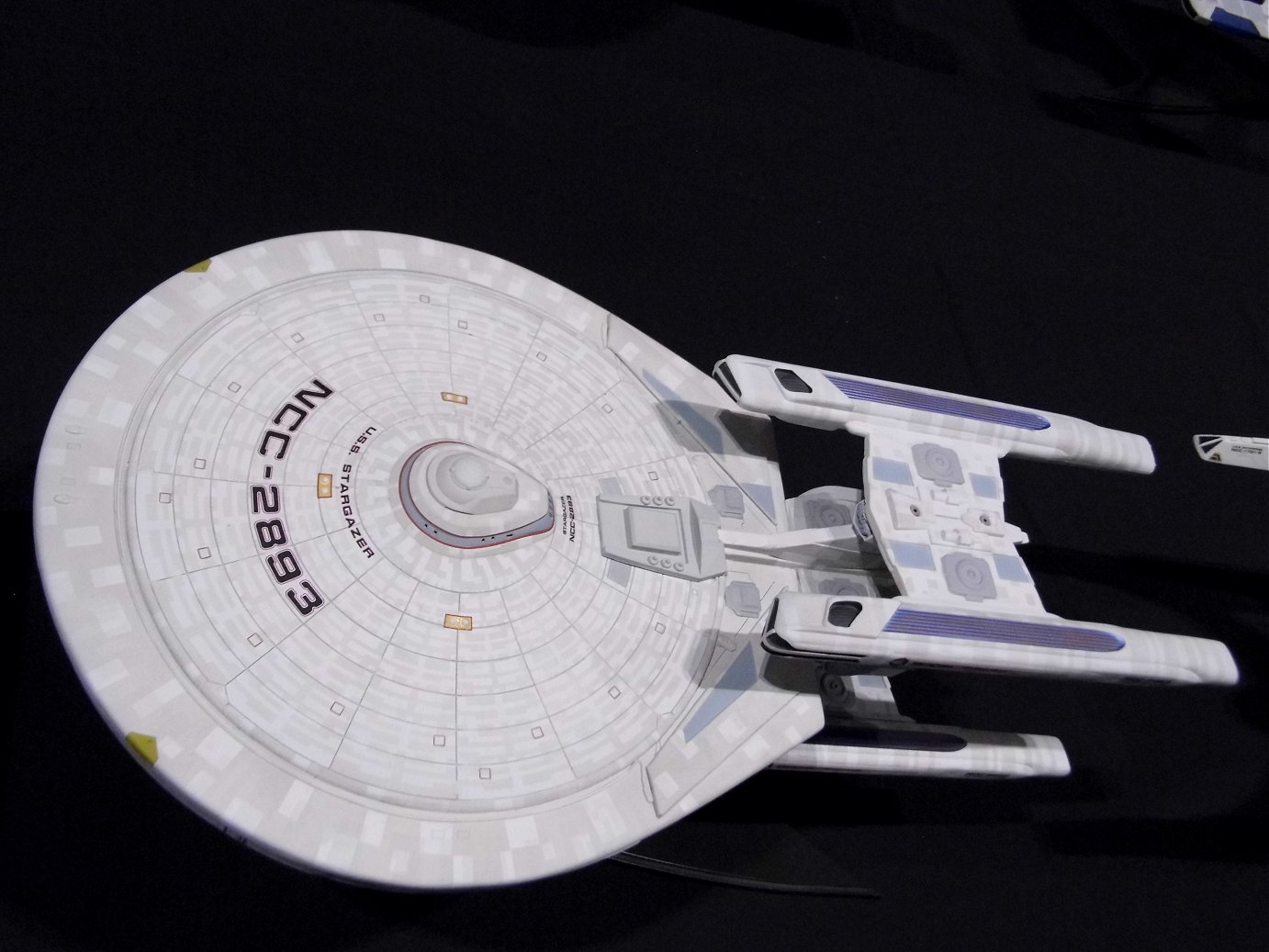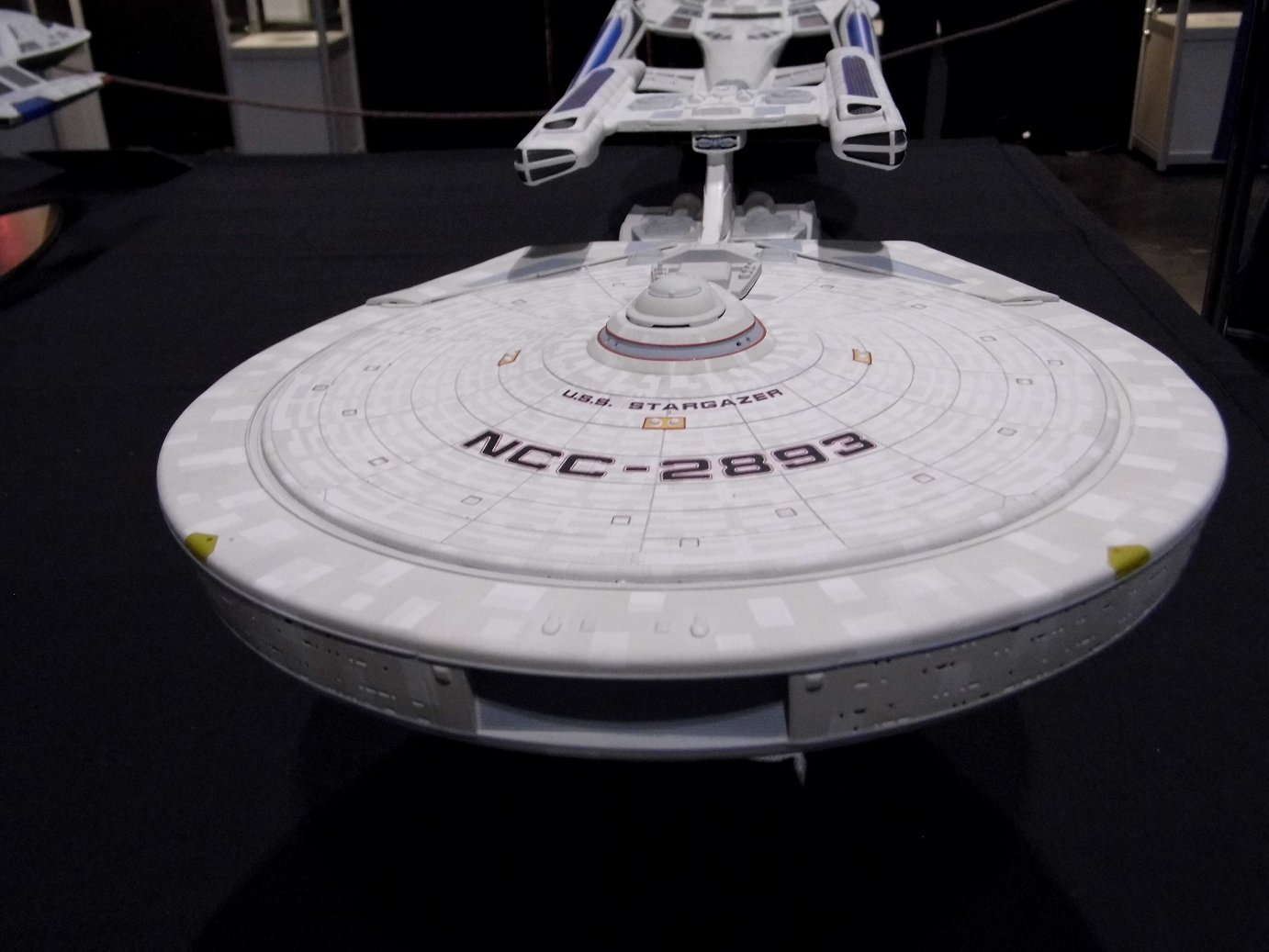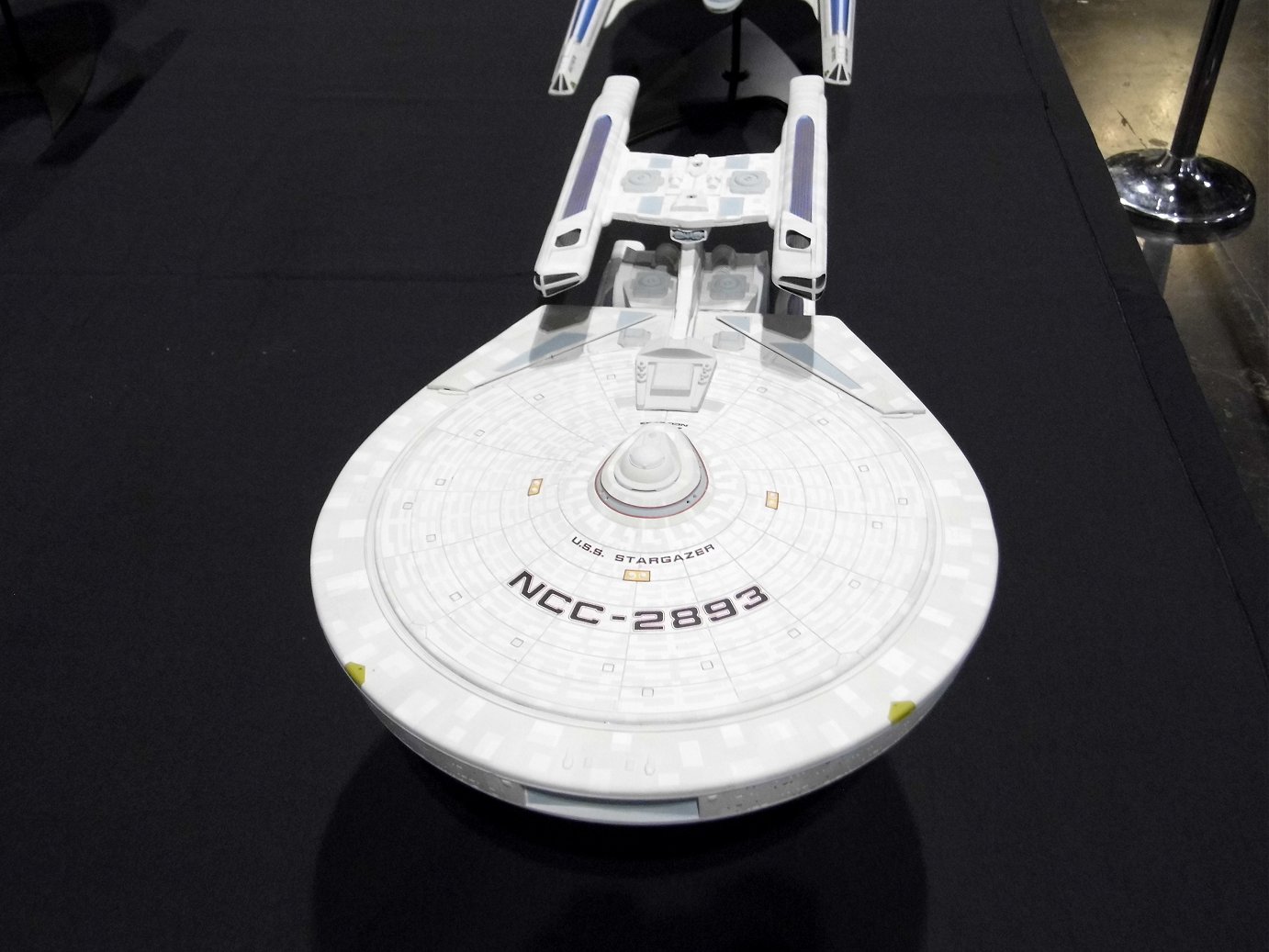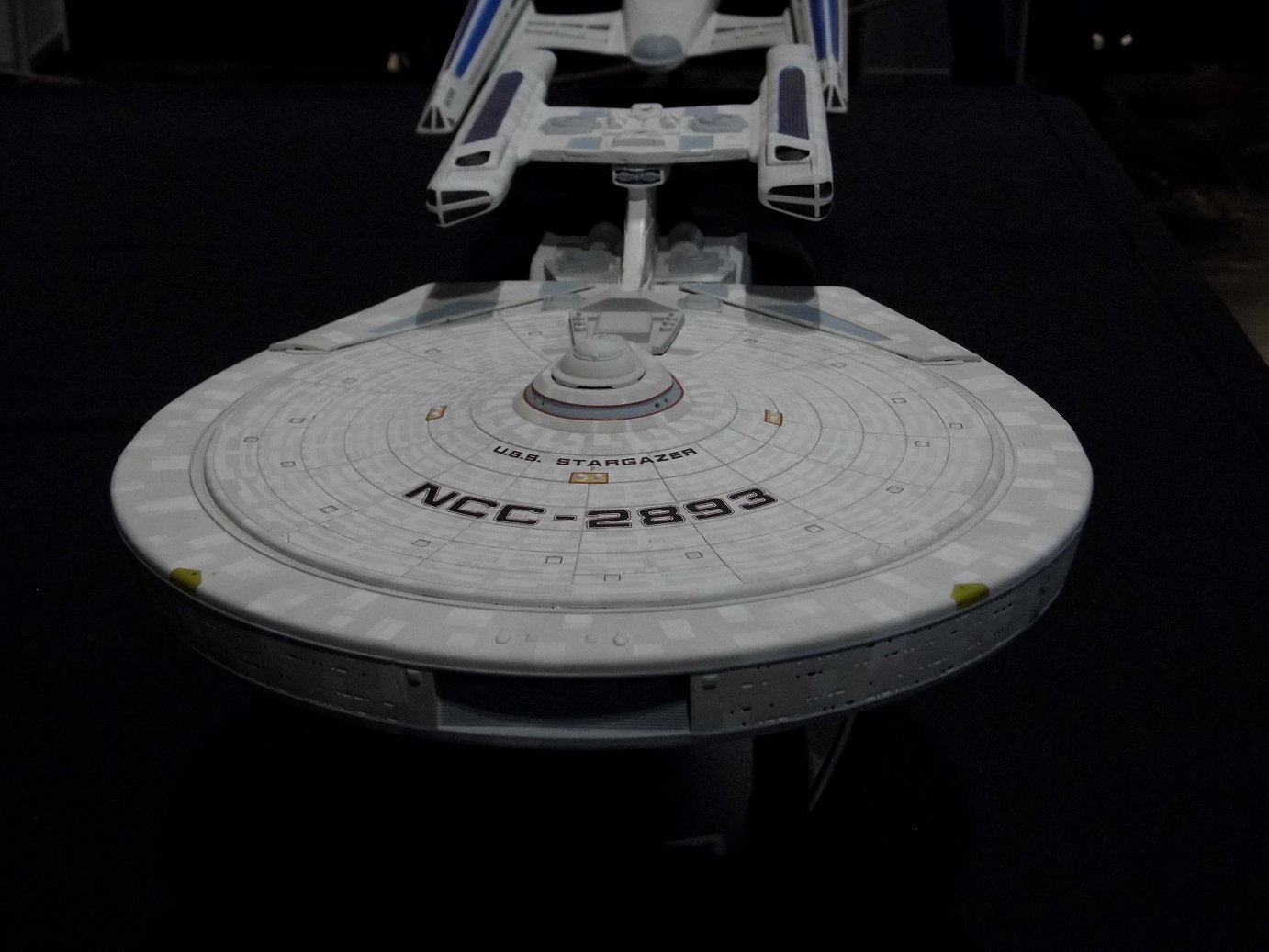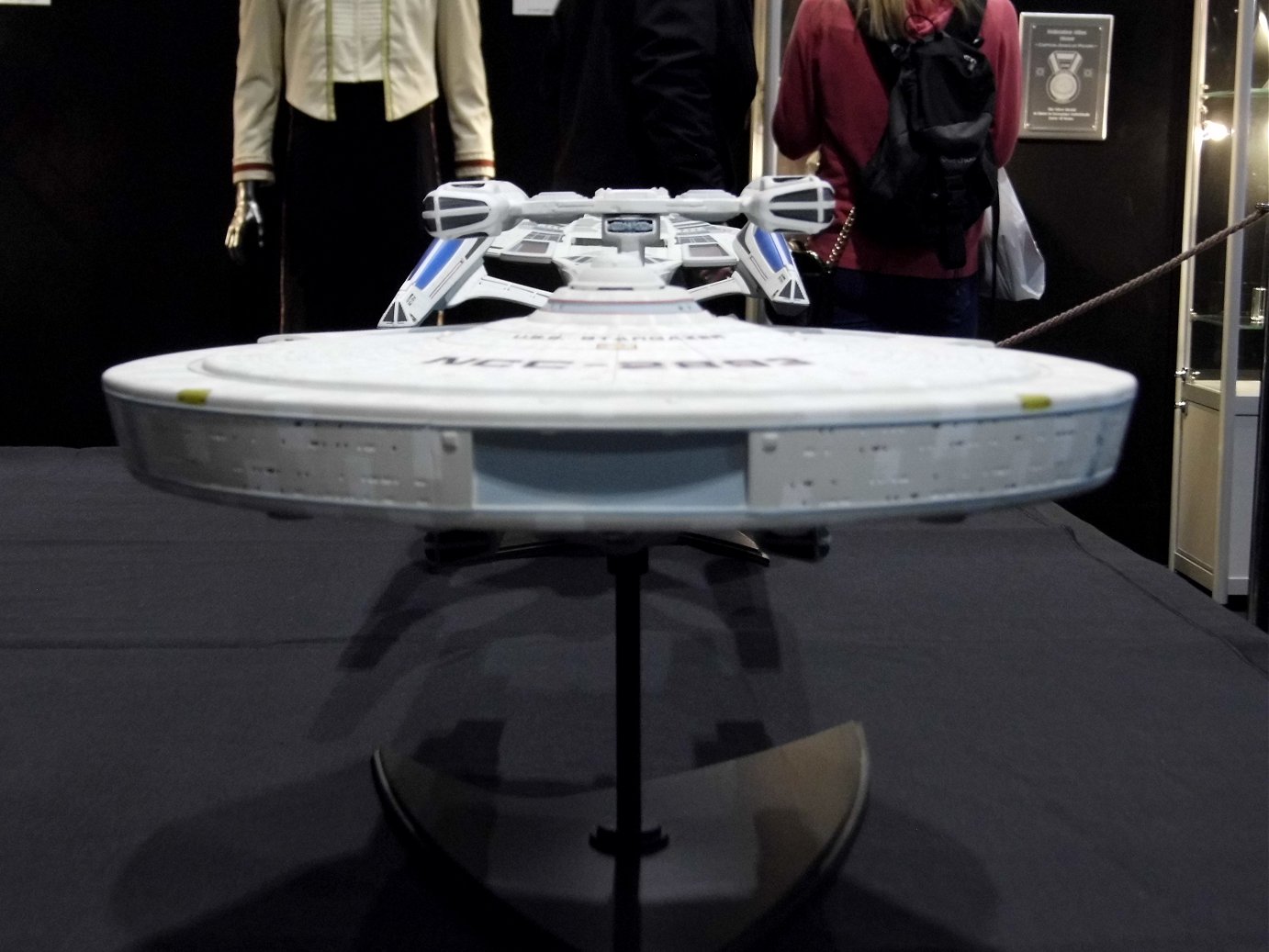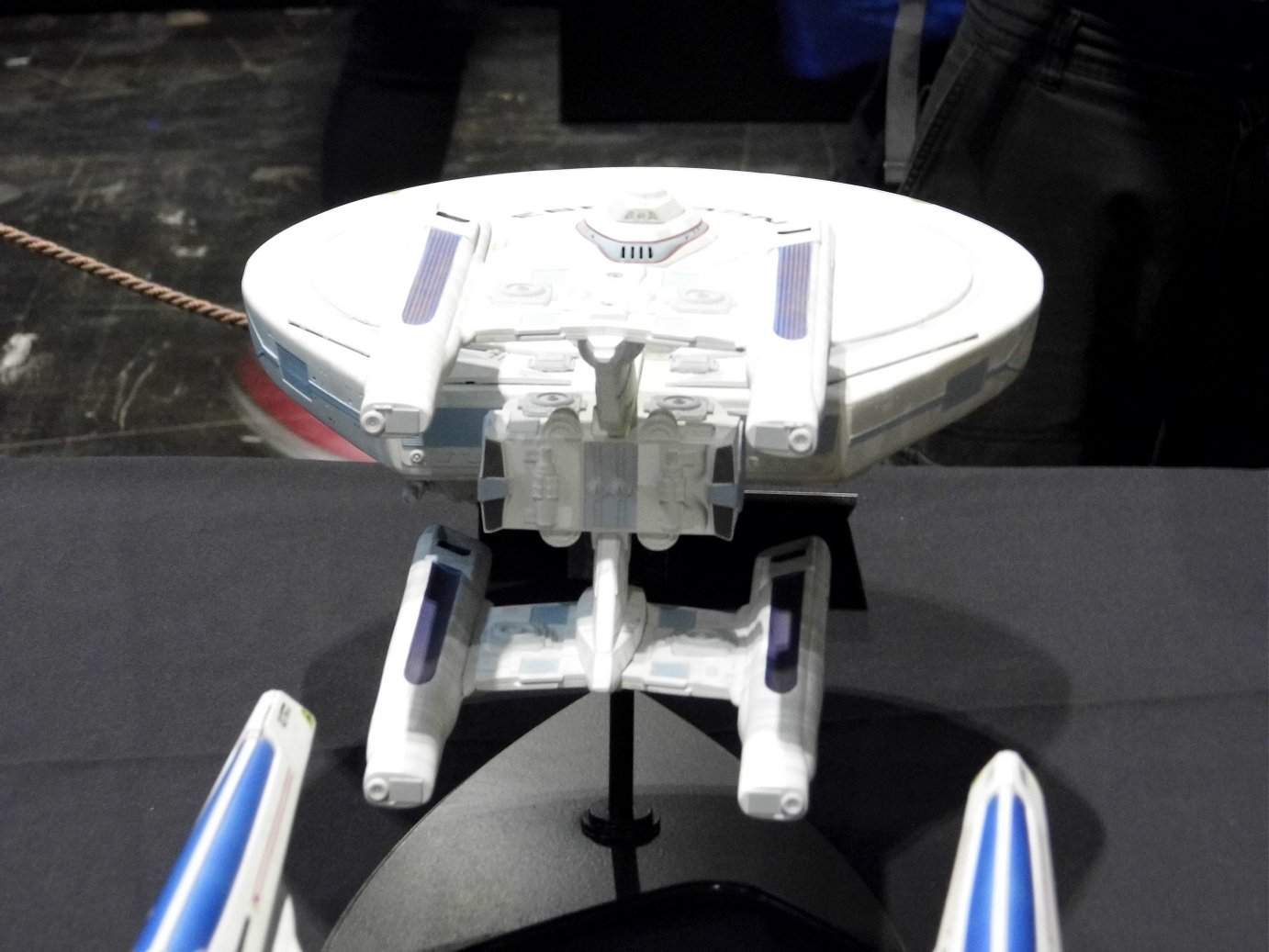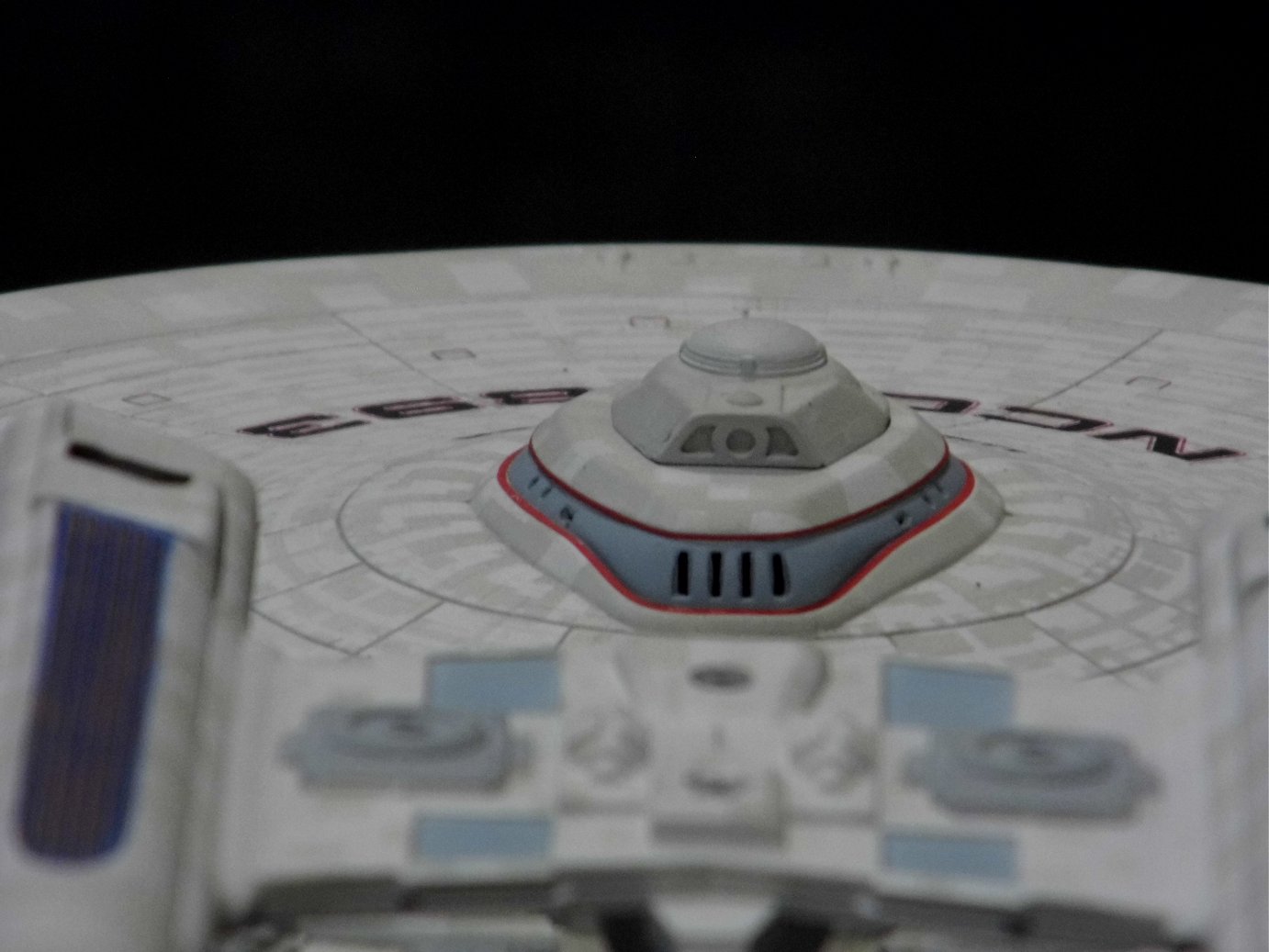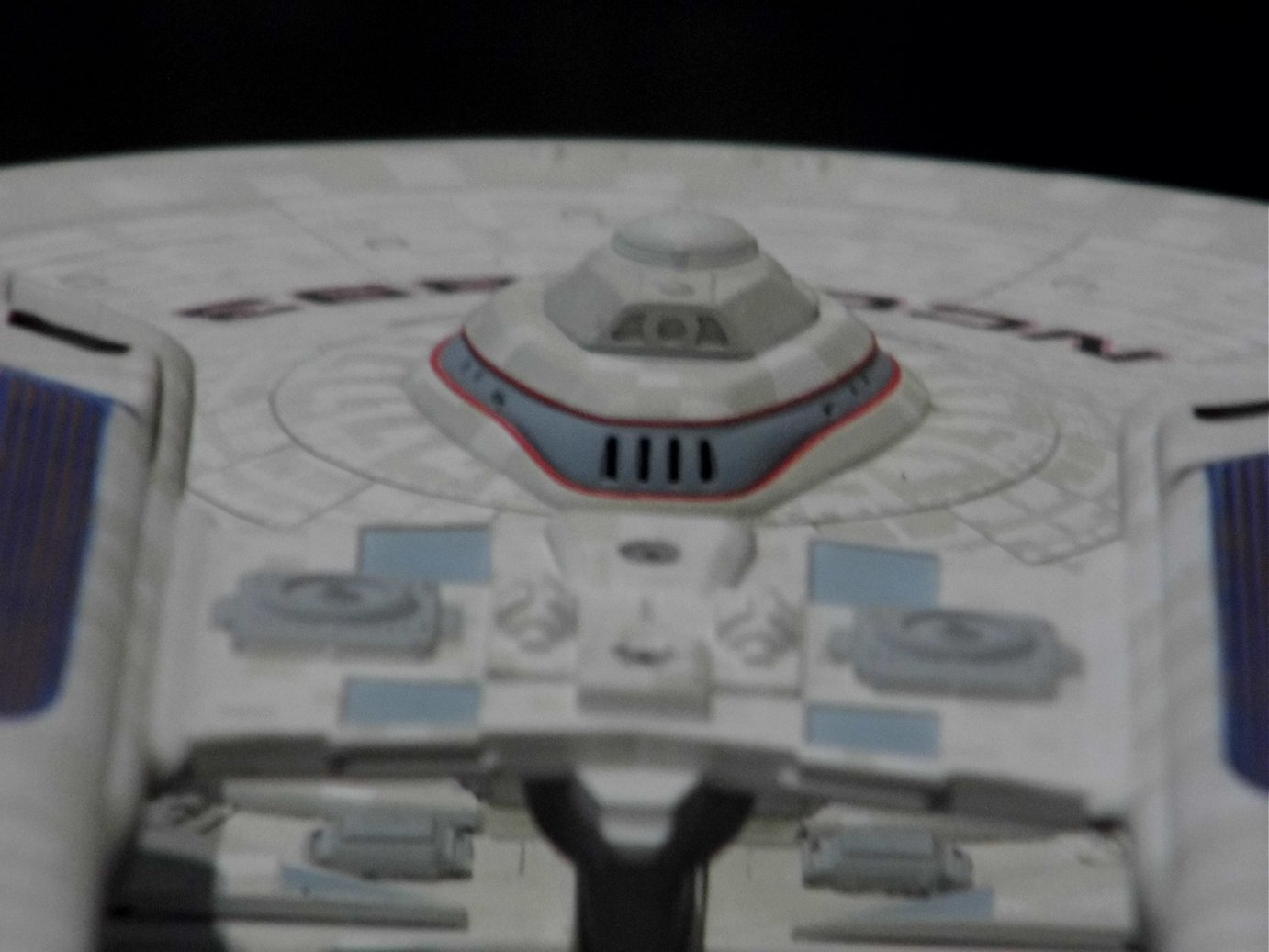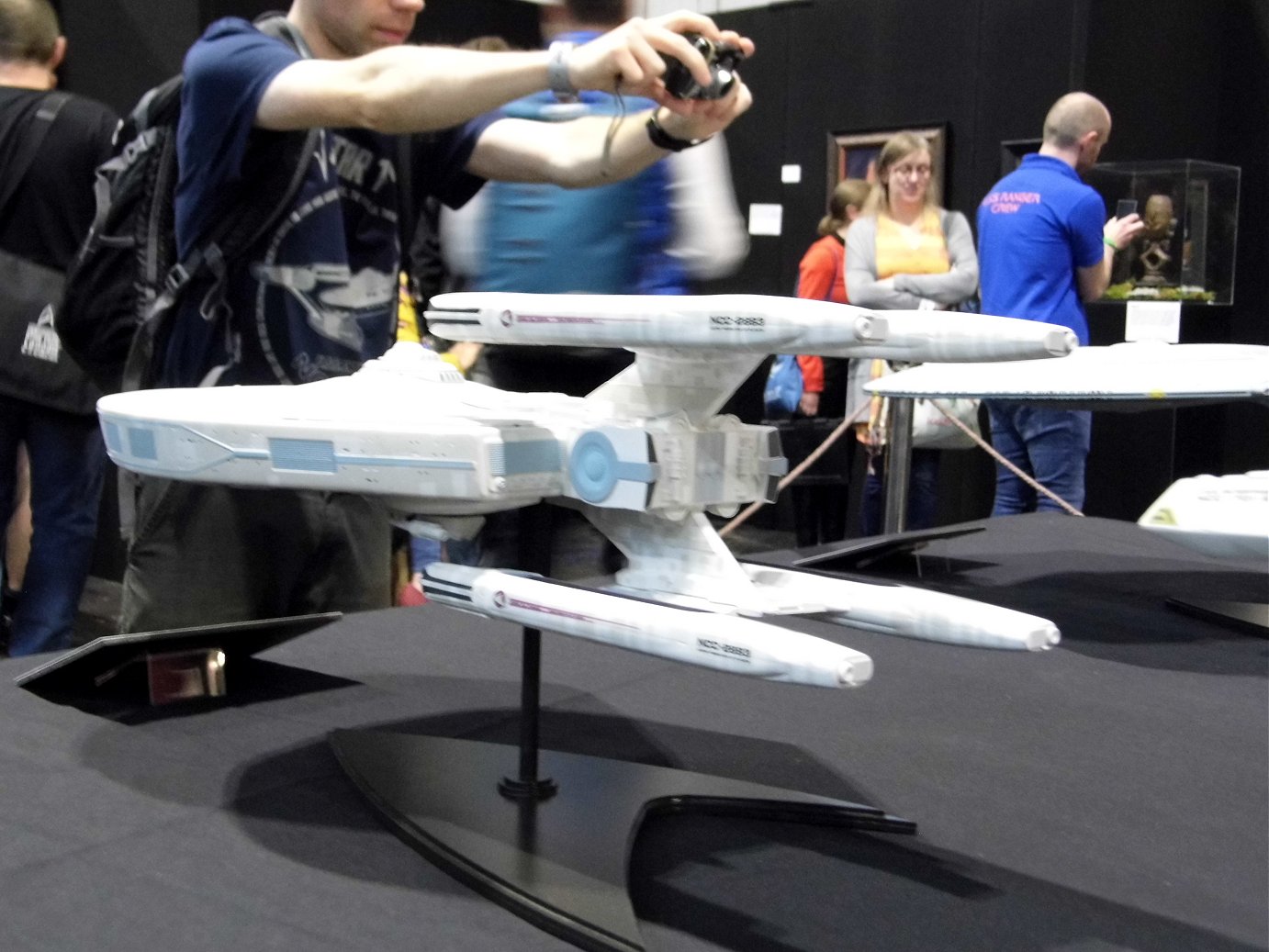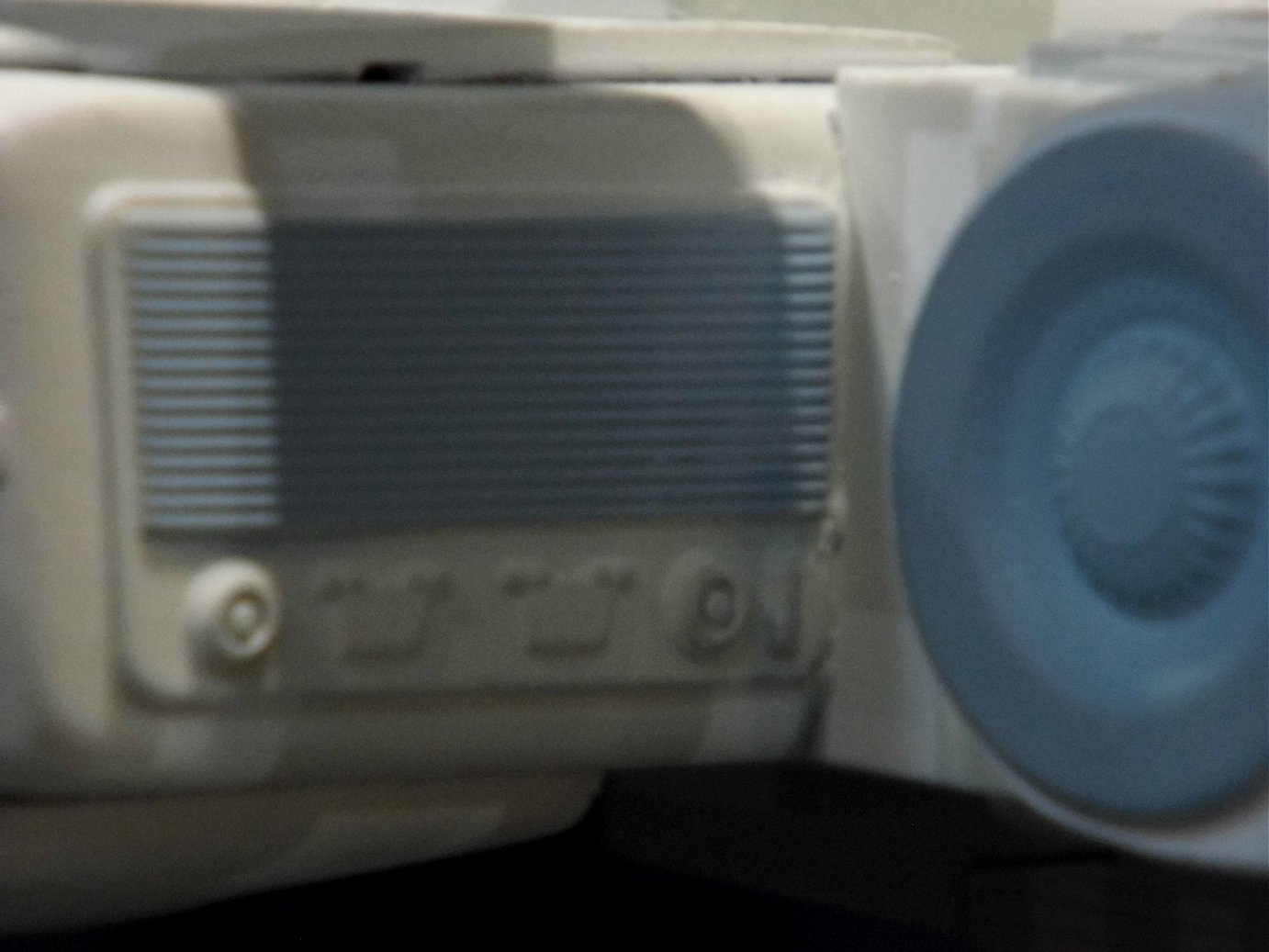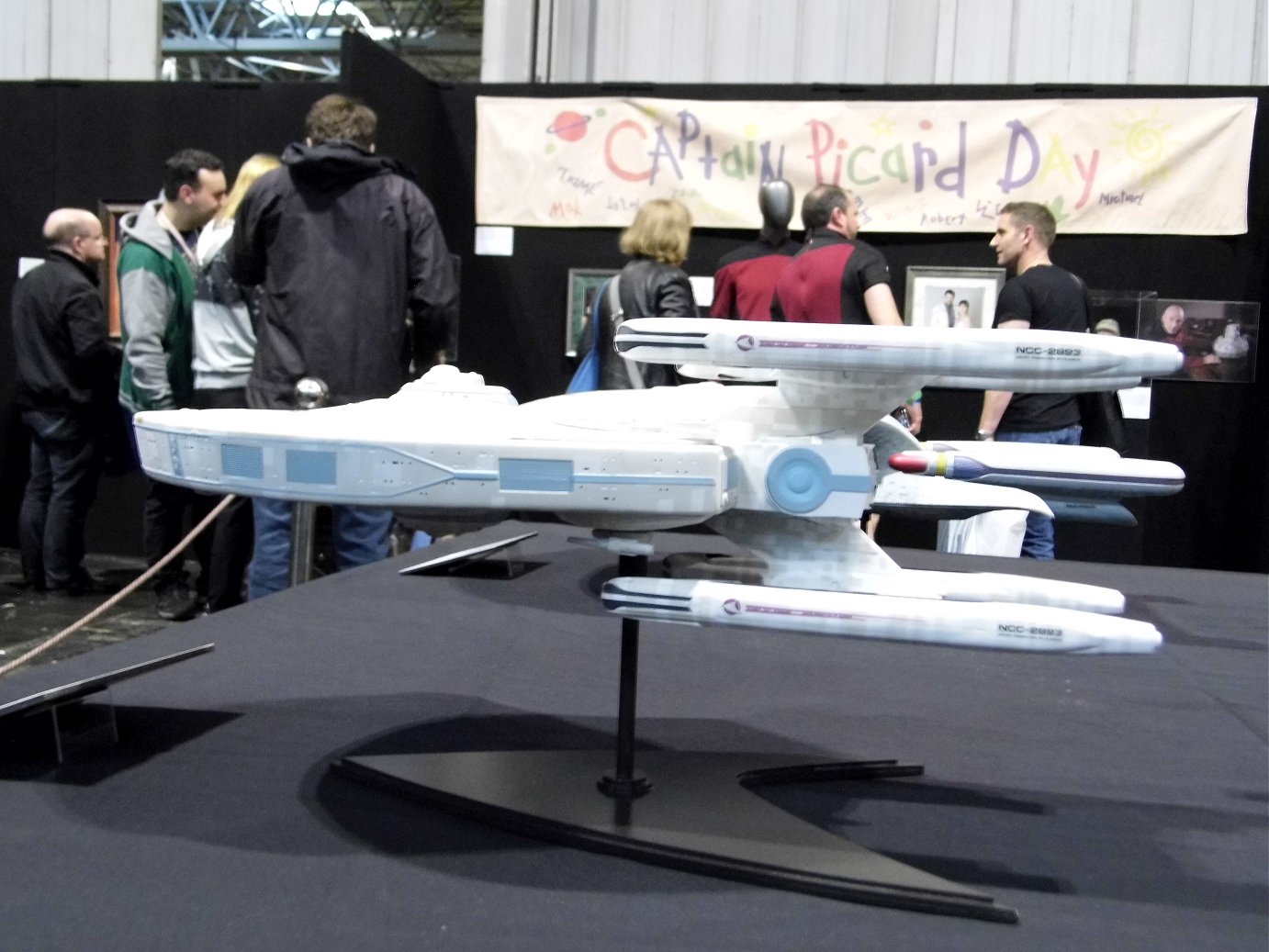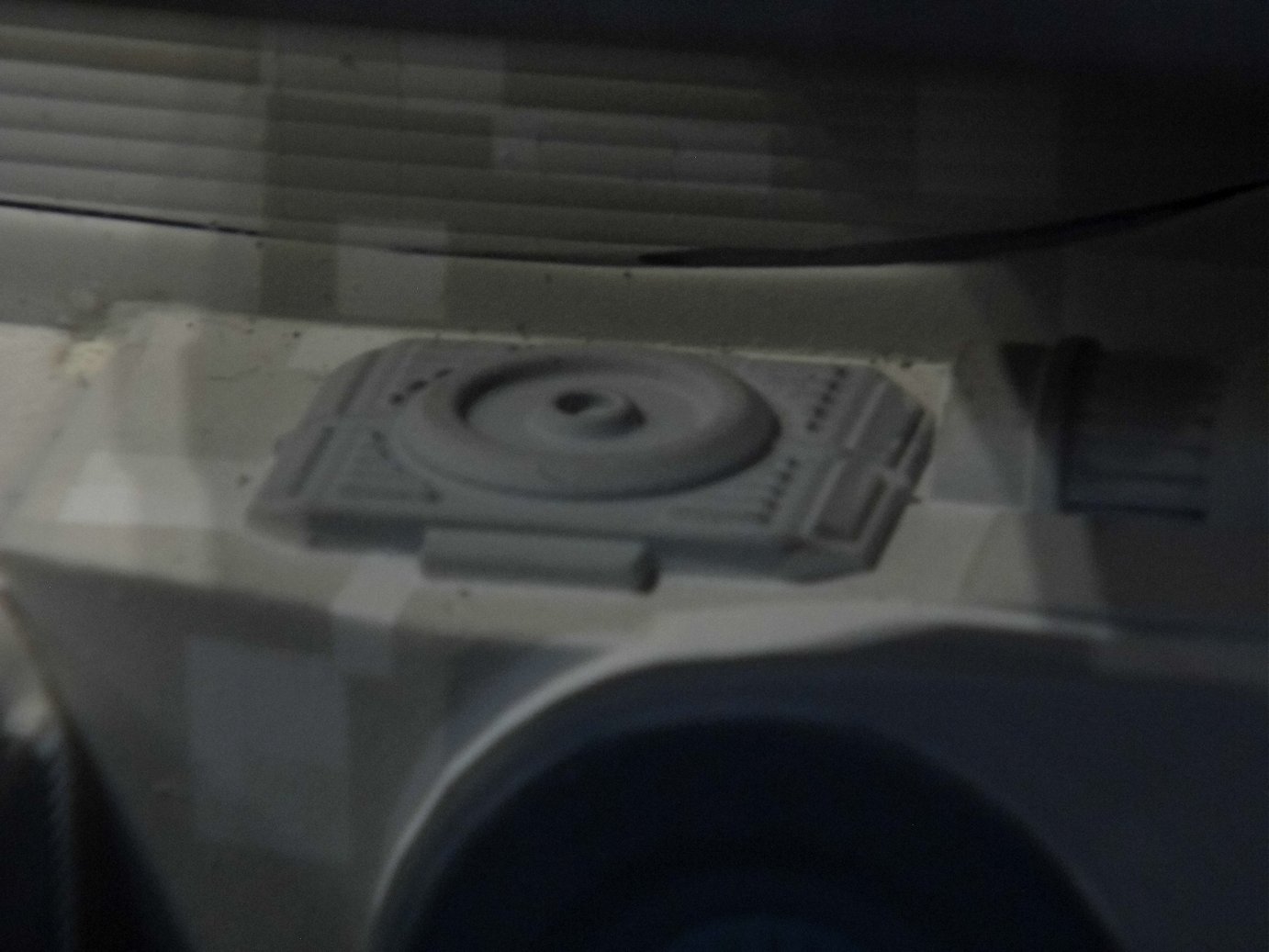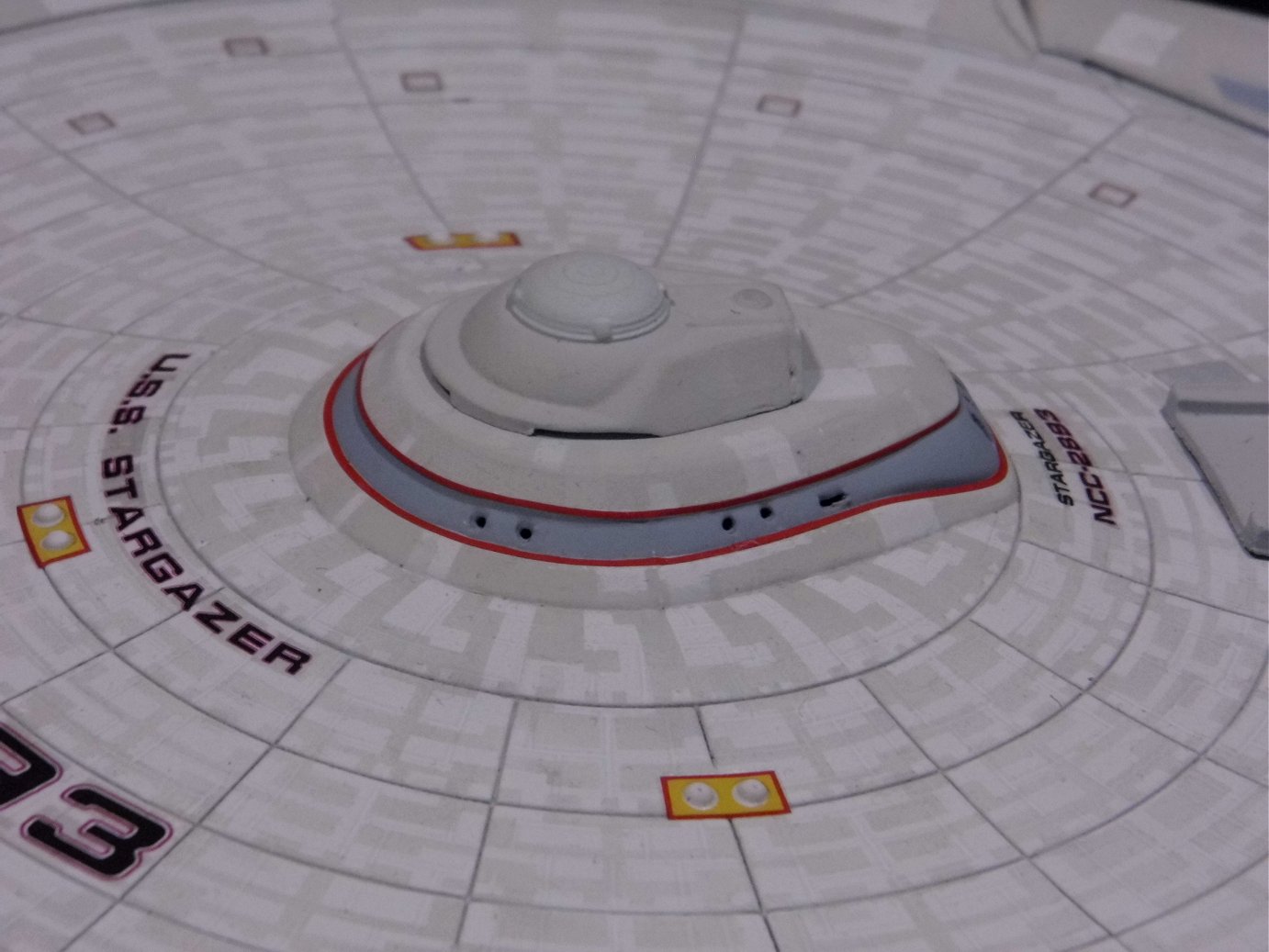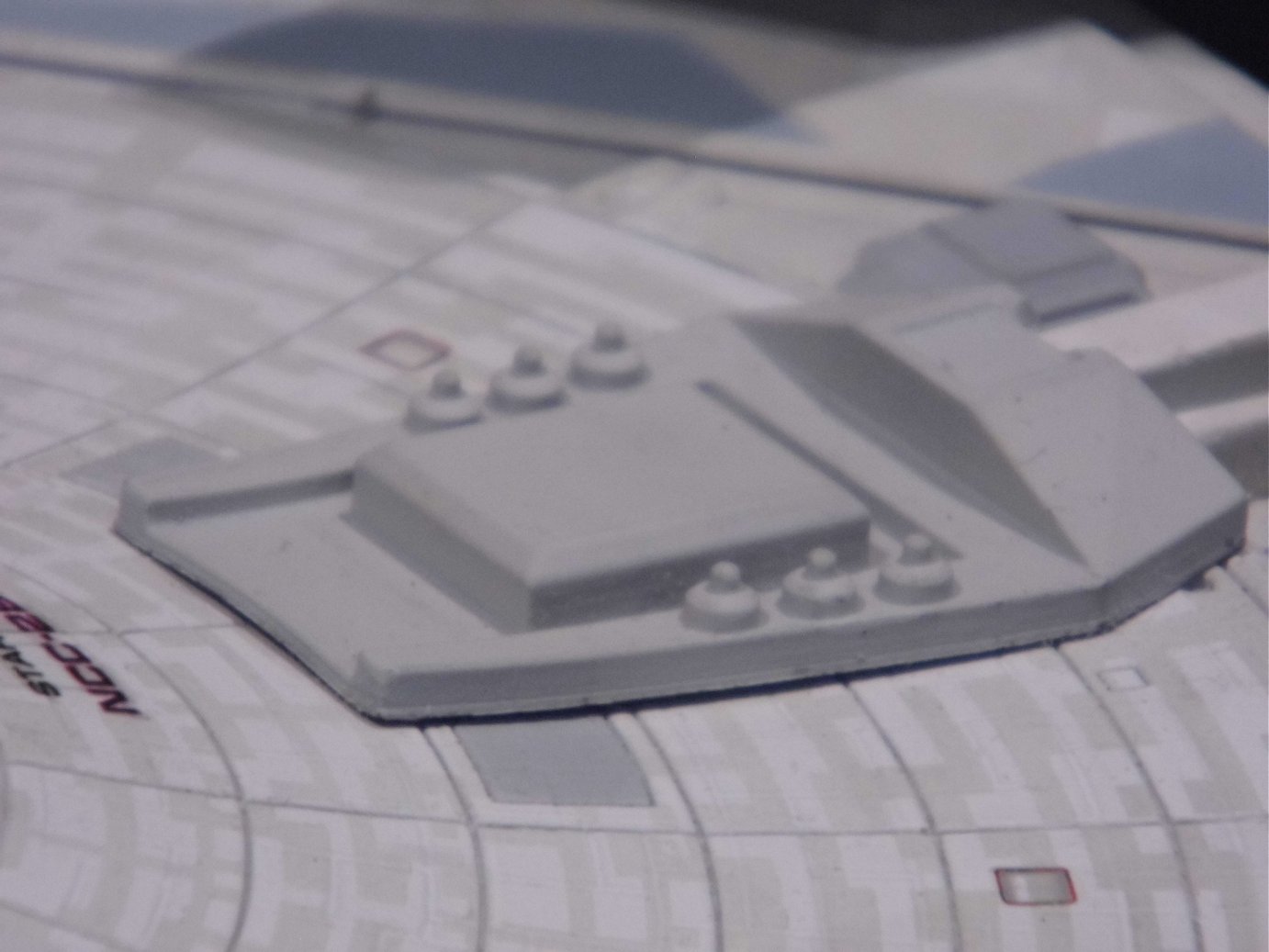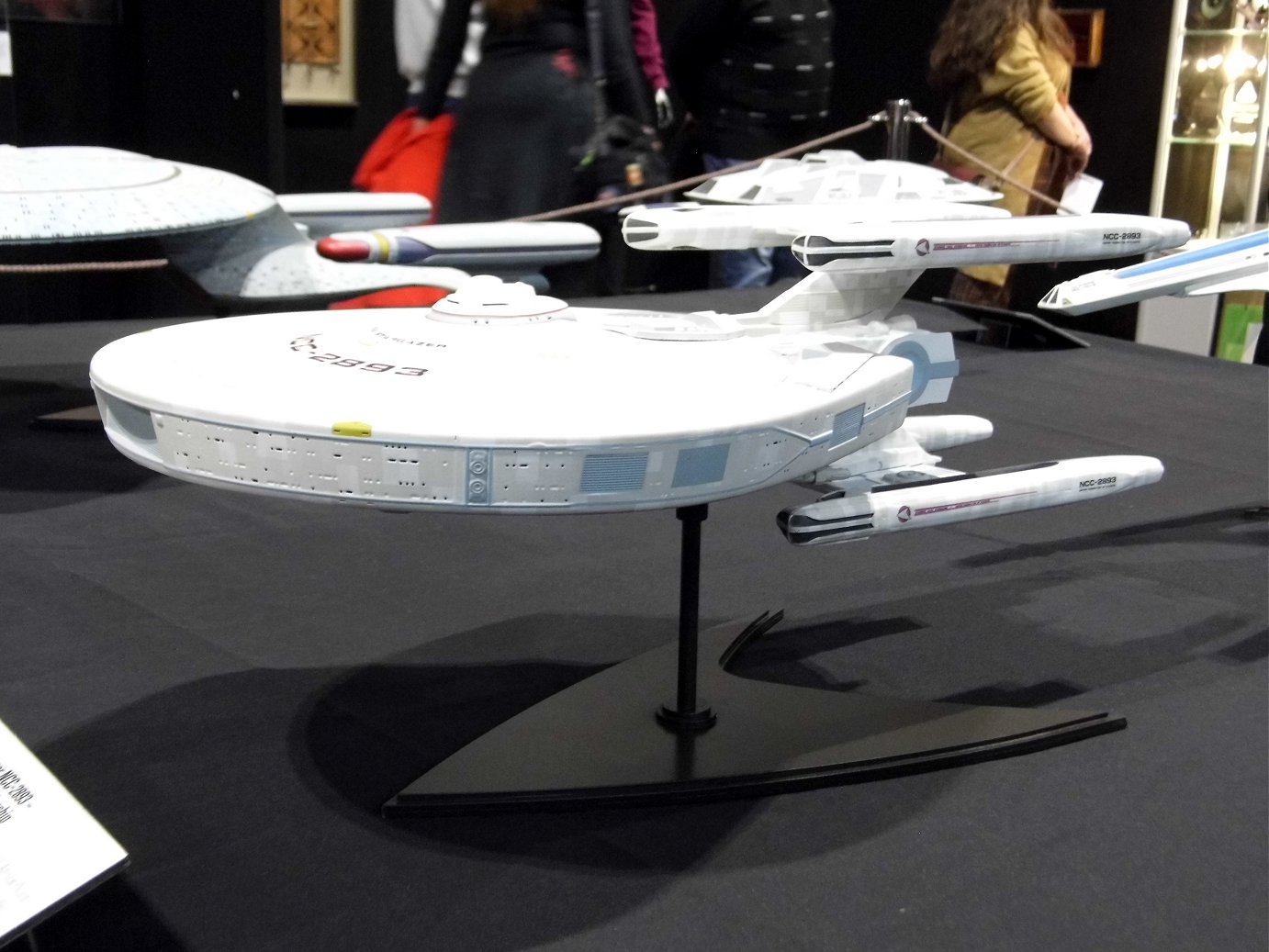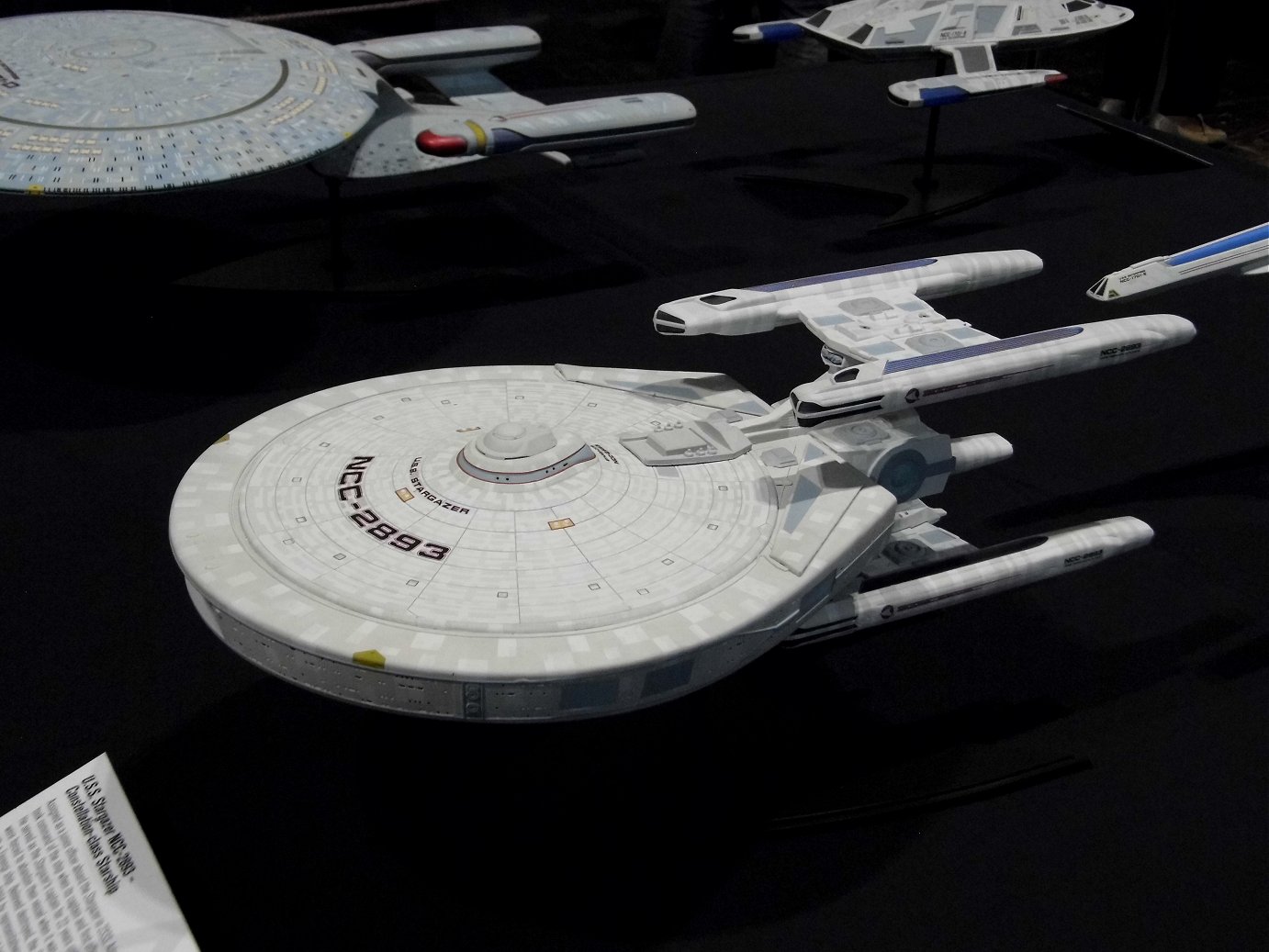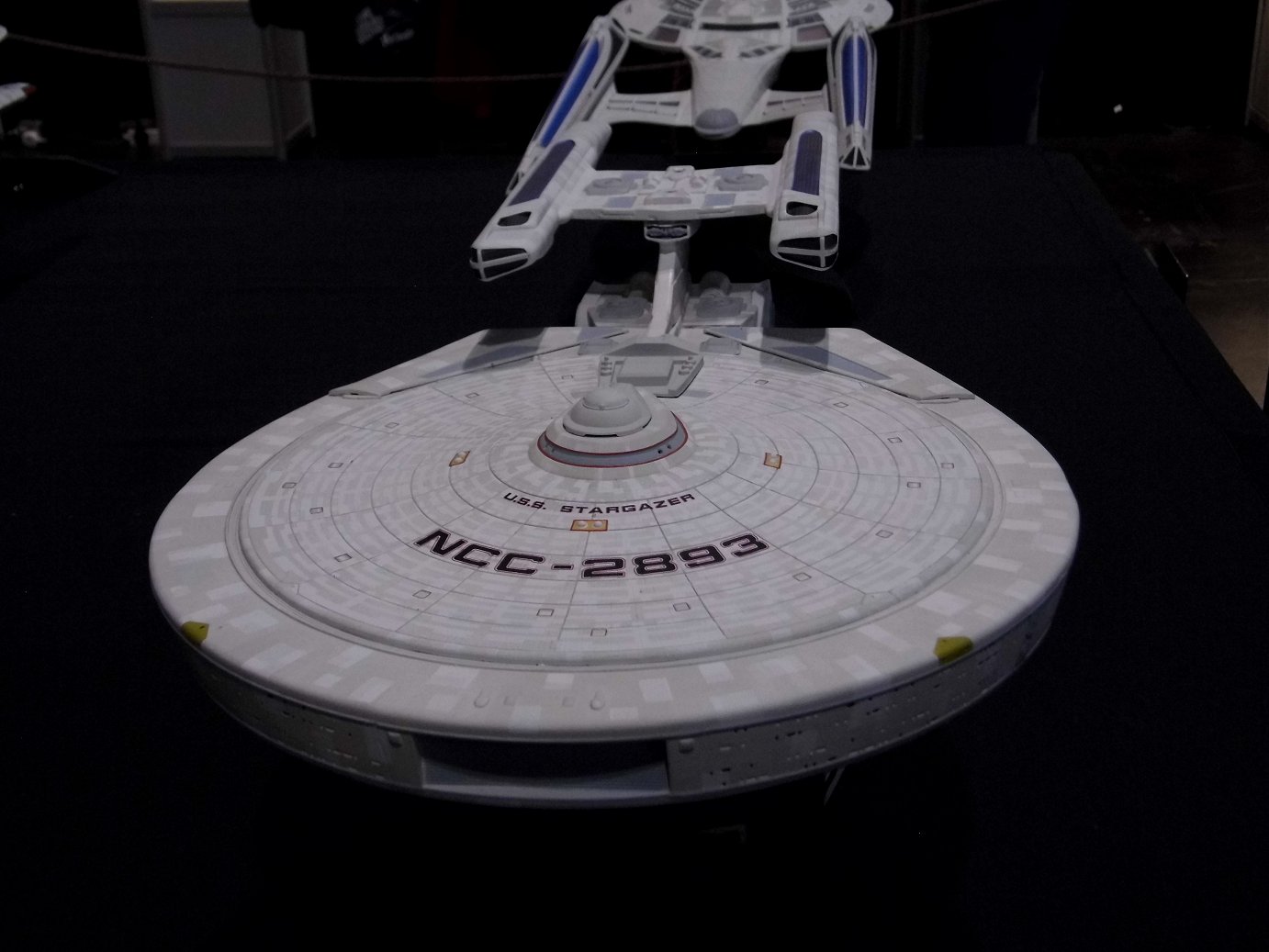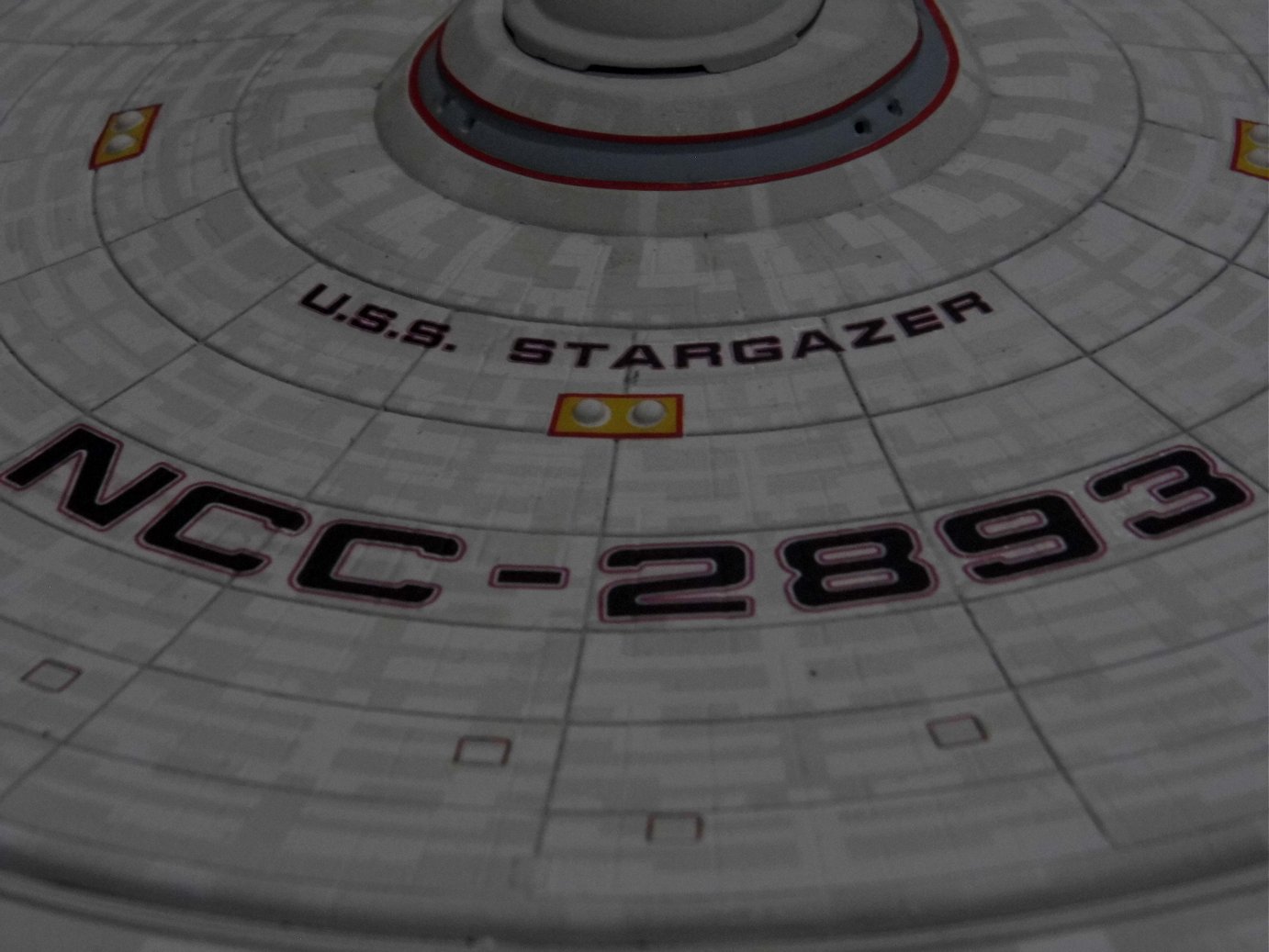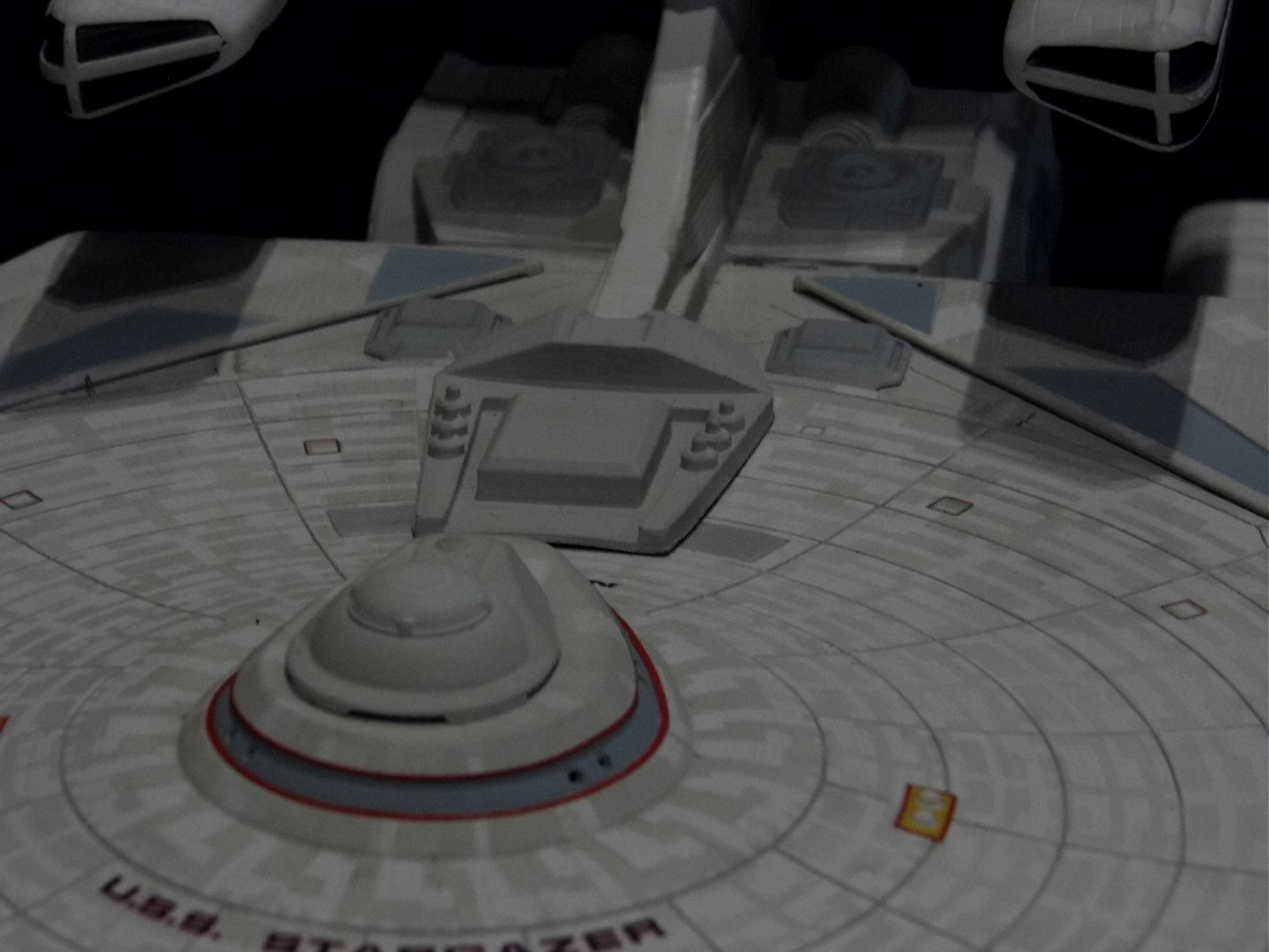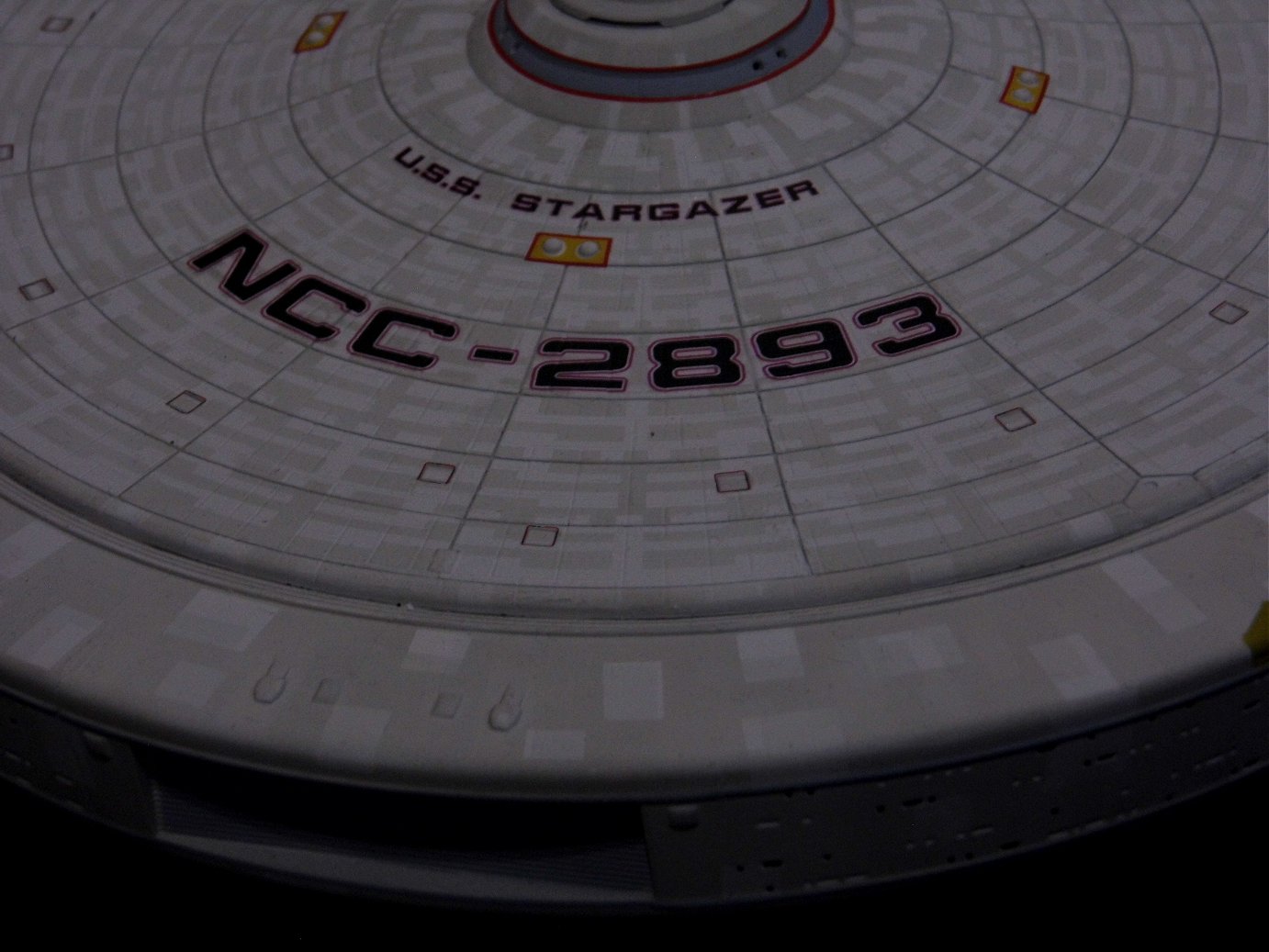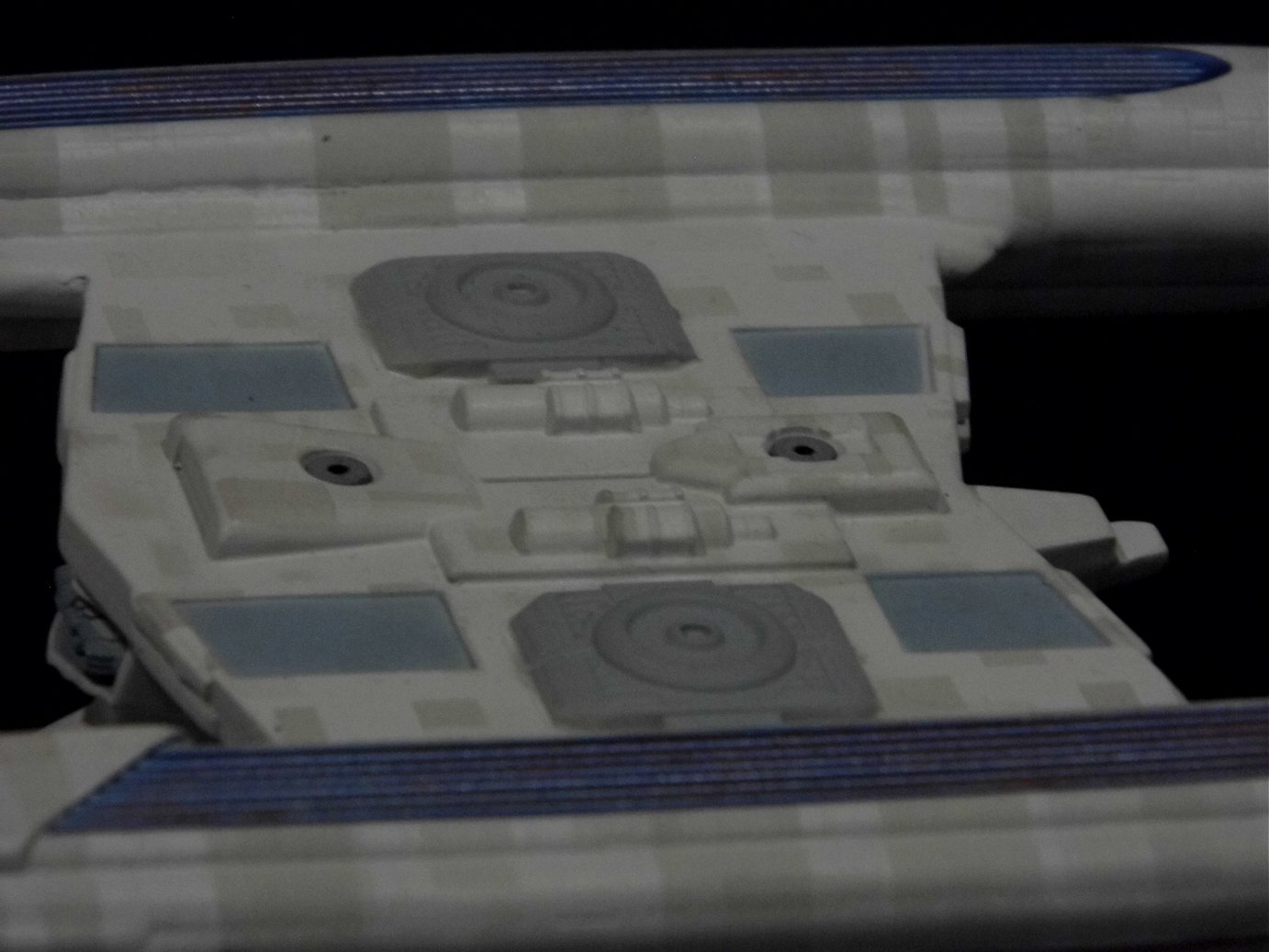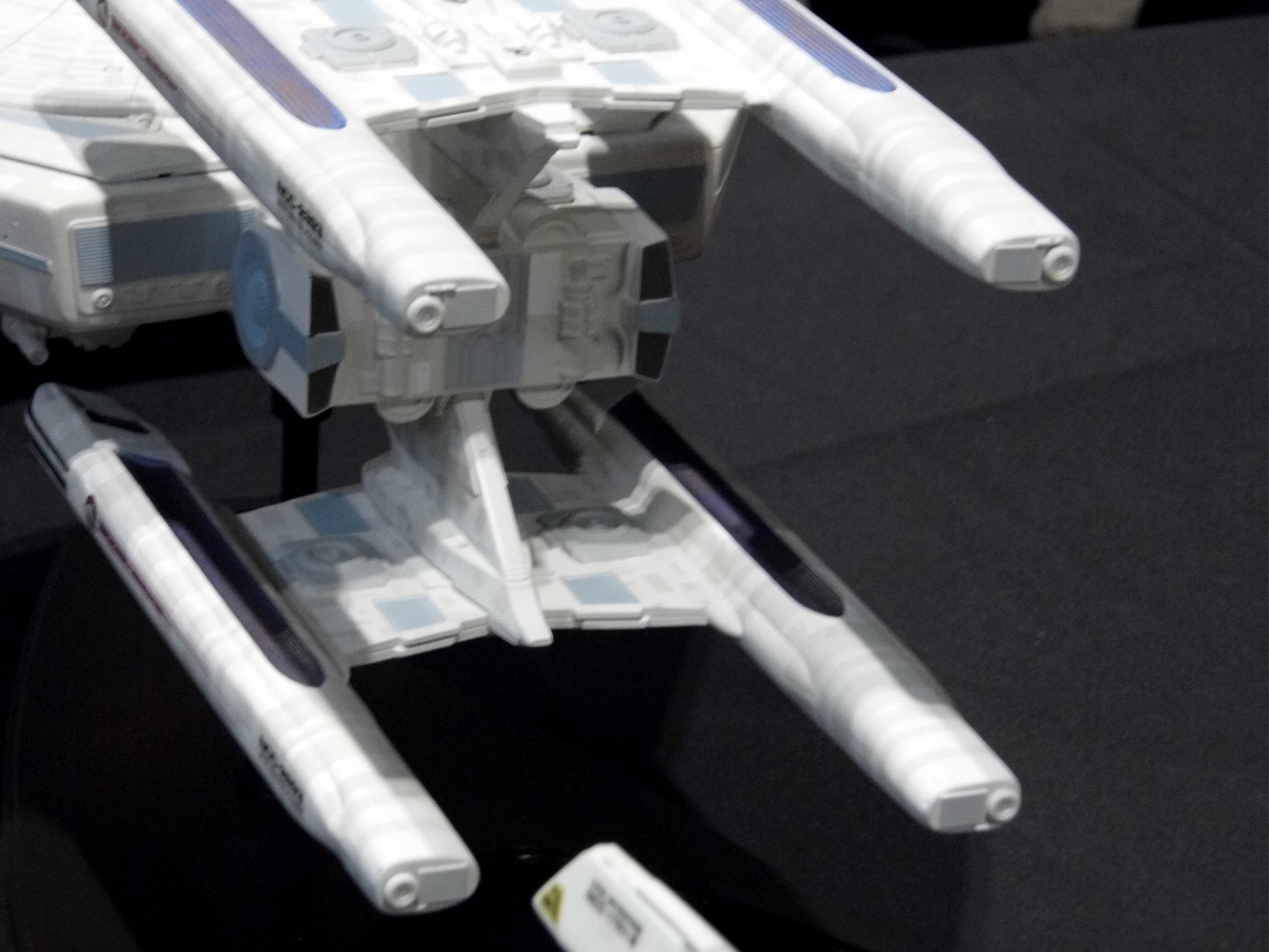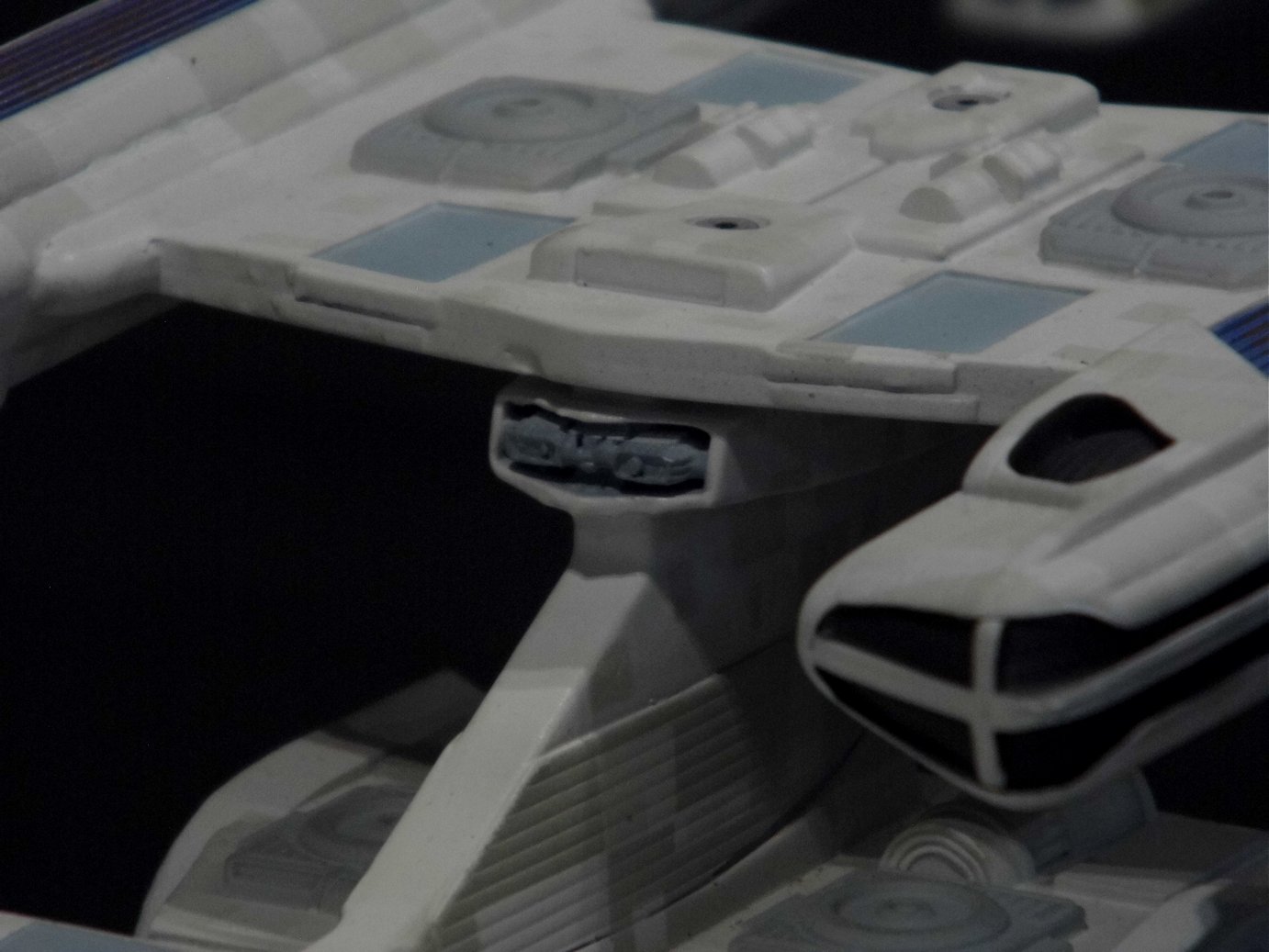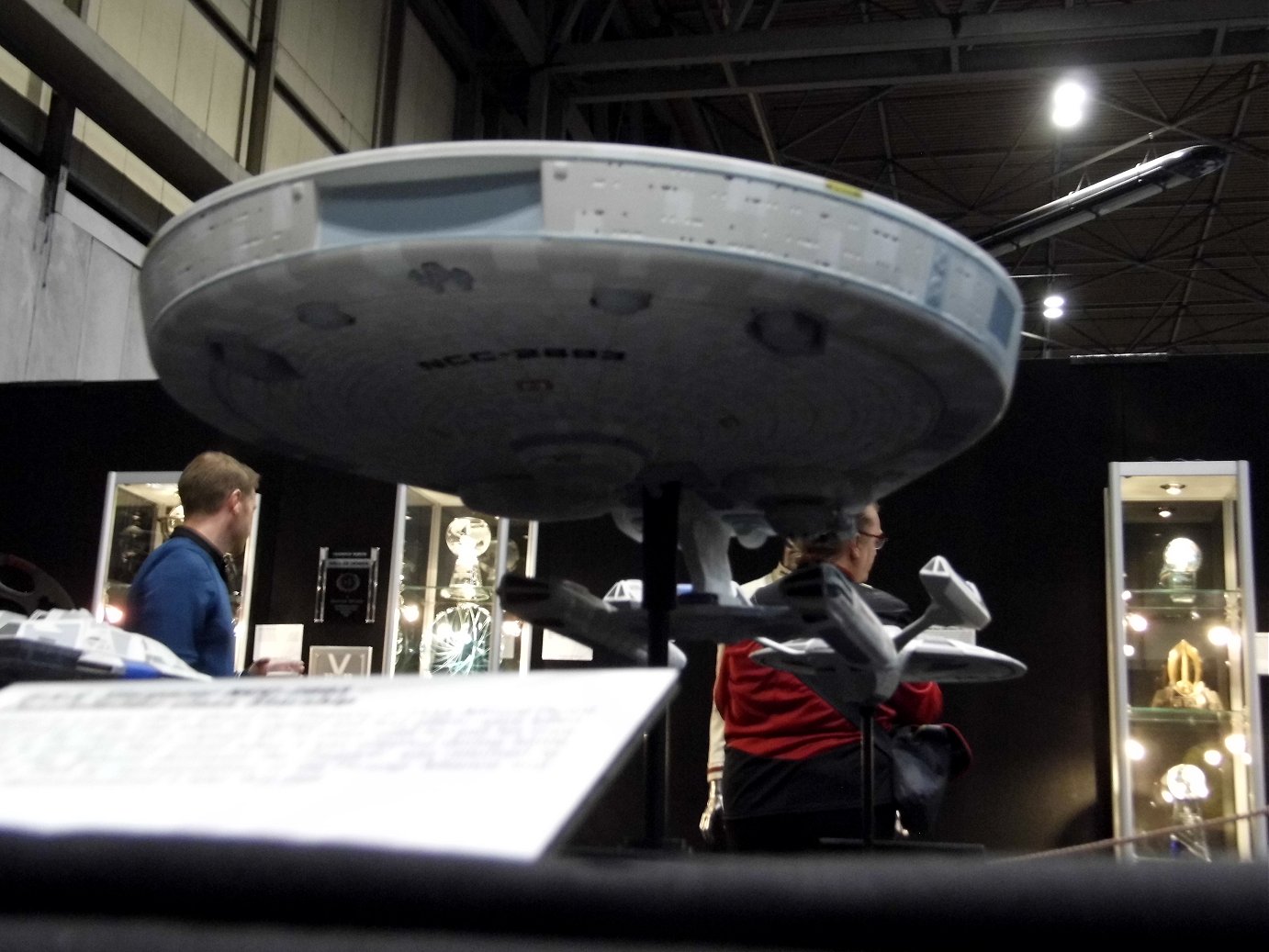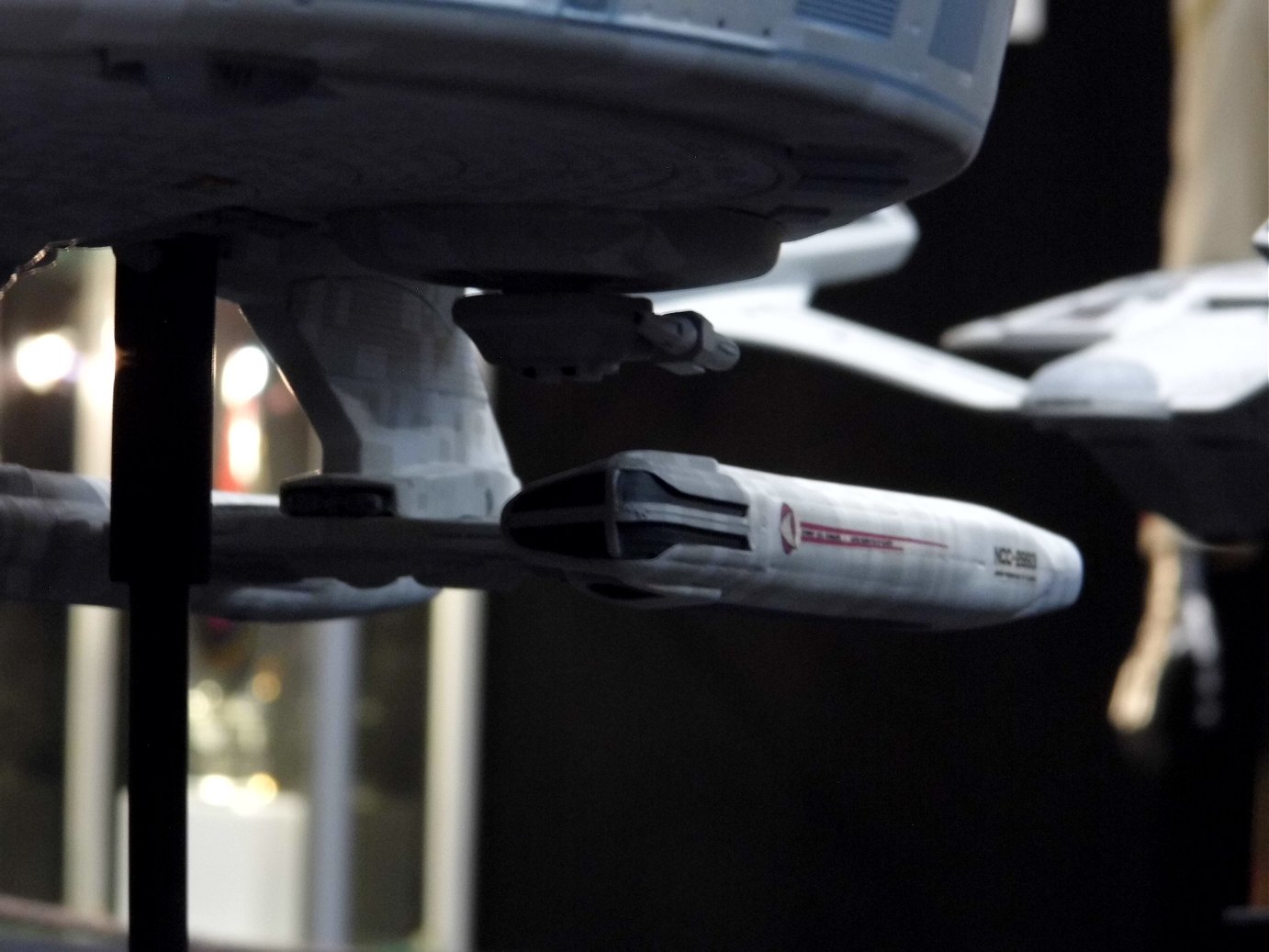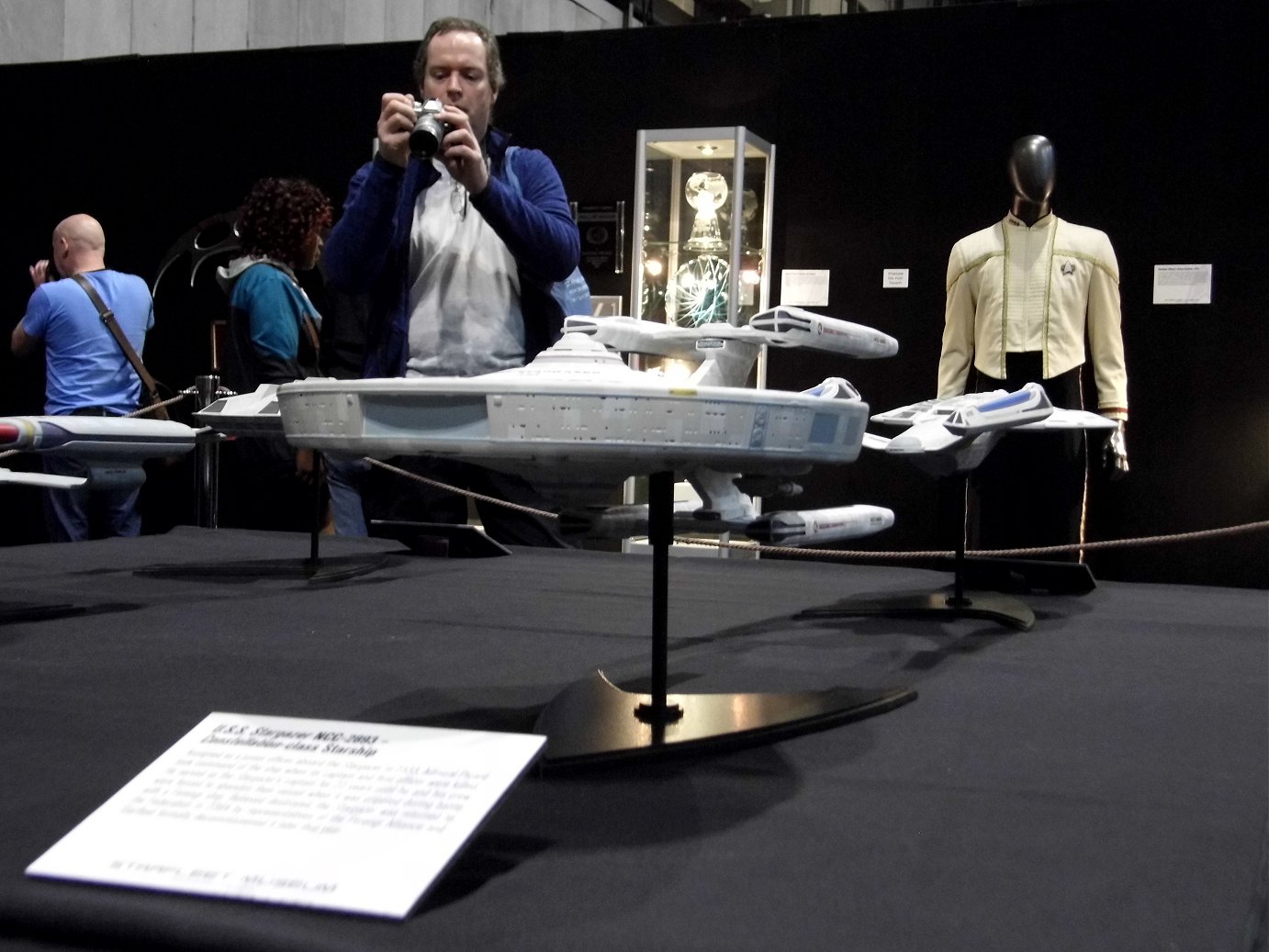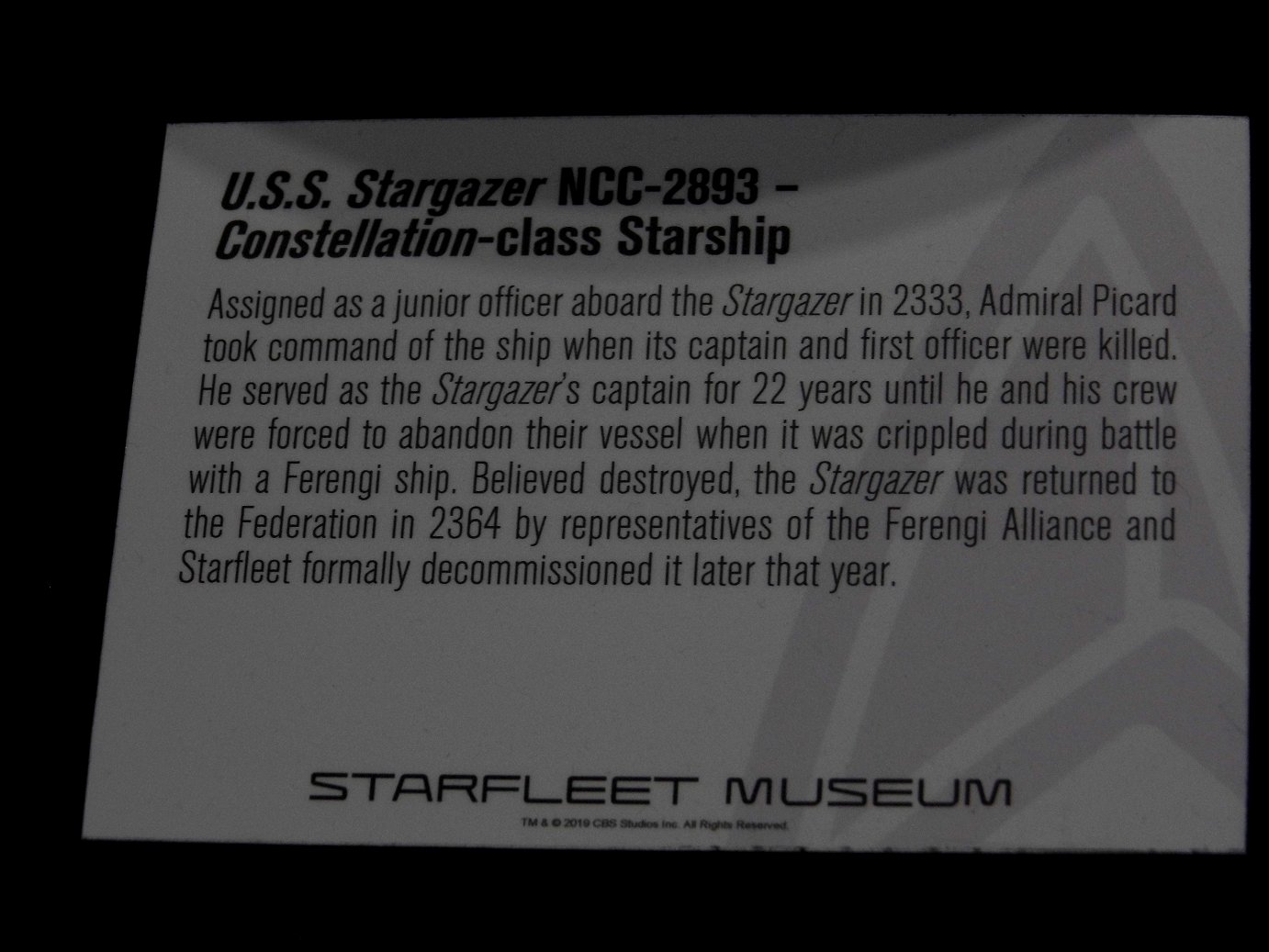
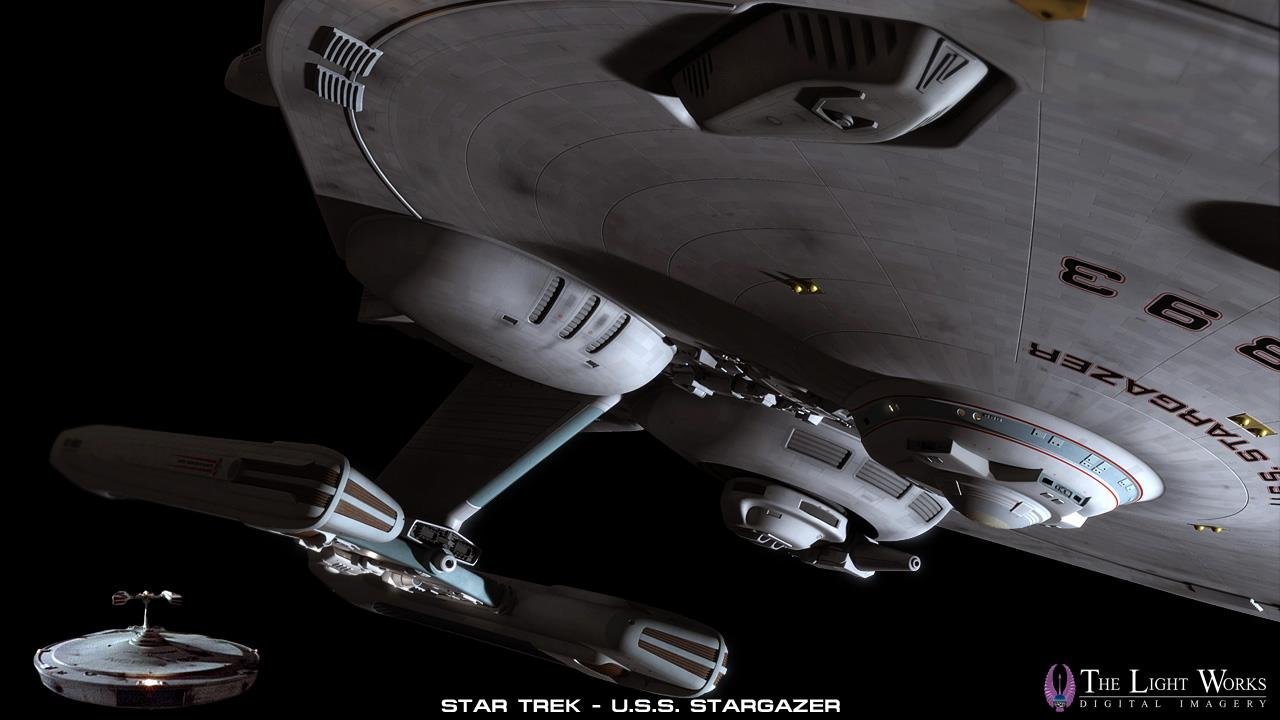
U.S.S. Investigator. Constellation class NCC-16554. Five hundred and thirty-five crew from over fifty worlds. Facing a mysterious artefact whose presence in our space disrupts our communication, our way home and even our minds. With only their space suits, shuttles, their ship, supplies and their wits the crew must solve one of the greatest mysteries of our time...
U.S.S. Investigator, Constellation class. At the frontier of the ‘Southern’ rimward exploration. A mysterious artefact buried half-in and half-out of our existence. Warp drive, subspace communications, long-range sensors and transporters are down. The remaining medium and close-range sensors are having a hard time. Then the telepathic members of the crew start to lose it. You have your crew, your ship and your resources you brought with you. No one can hear your calls and the nearest ship is six months away. Time is running out.
Star Trek: Investigator is the third of the first phase of Star Trek: The Interim Years. This is about a deep space exploration vessel that is MONTHS away from the next closest starship (Constellation sister ship U.S.S. Rattlesnake) when it finds a mysterious objact. The Investigator is alone and the only starship able to study the mystery artefact. And things get out of hand. In a 10-episode story arc in virtual real time, the crew must solve the mystery and escape before they all die. And out here, the lost ship woulde be a needle in a field of haystacks in a country famous for farms making hay. They'll never likely to be found for a century.
Chapters:
1. Day 268.
2. Anomaly.
3. The Object.
4. Said the spider the the fly.
5. Headaches.
6. Leap of Faith.
7. Geobiology.
8. Heart of Stone.
9. A New Kind of Mind.
10. Revelations.
Author's Notes:
The Federation at this point is a fraction of the size of the TNG/DS9/VOY version. The Star Trek: Star Charts and Star Trek Stellar cartography all show the 2370s version of the Federation and it’s limits, giving a false impression that it is that big and has been for some time. The Investigator page is a deliberate wake-up call that the Federation is still growing. Missions have gone out as far as Cait and the Grazerite homeworld, but Federation space itself still needs to flesh out and add starbases and subspace communications hubs to these outer regions.
The Constellation class design and missions were conceived to speed up the expansion of the Federation with a marathon-running starship that can run at high warp for weeks or months, rapidly allowing travel to the outer reaches of the Federation. I want to give the (very real) feeling of the size of the Federation; it’s massive. You don’t just cover it in a matter of episodes in real life without a wormhole or other scriptwriter plot device. The Constellation class were designed to have a high-warp speed life with a shorter frame life expectancy as a result; these candles would burn twice as bright but last half as long, which is why you don’t see very many by TNG. This is a solution to the ever-increasing size of the Federation, a means for rapid travel across vast distances.
The Investigator is out here following up on readings from a deep space Federation warp probe Finibus XXXIII (Latin for ‘frontier’). The probe mapped out the star systems and detected an anomaly. The probe scans were distant but significant enough to send the Investigator on a ‘slight detour’ to learn about what was causing the readings. The Investigator left her auxiliary support vessel behind six months ago and is planned to operate independently for the next 18 months. The commanding officer is a Rigelian female Kenris Oban, with a German Chief Engineer called Franz Obermann and a Vulcan female chief Medical Officer called T’loris. Science Officer is a Deltan male called Aaris. Executive Officer is a female from India – Gnani Ahuja.
The only starships that hae ever been anywhere as far out as this are the preceeding Radiant class starships. I wanted to have a series of stories about a mystery like 2001: A Space Odyssey or Arrival. This is the science side of Starfleet. The remote exploration to the Final Frontier, like the polar explorers of Victorian and Edwardian times or the Apollo pioneers to the Moon in the Sixties. This is about isolation with a problem, like The Thing, Alien or Aliens. No one is coming to help and the crew and ship are falling apart due to the problem. This is the first story of a much, much larger arc about the Tholians, their nature and their space. After the Klingons, Orions and Romulans, the Tholians are the species I want to write about in-depth. They've only been briefly touched upon. i intend to change this.
Shuttlecraft:
1 – McClure (named for Captain Robert McClure of HMS Investigator 1848)
2 – Haswell (named for Lt William Haswell on HMS Investigator 1848)
3 – Armstrong (named for surgeon Alexander Armstrong on HMS Investigator 1848)
4 – Adams (named for naturalist Edward Adams on HMS Investigator 1848)
5 – Mierching (named for Johan Mierching, Esquimaux interpreter on HMS Investigator 1848)
The nearest help is six months away? A dramatic statement to ensure the peril of the Investigator is very real and a sense of remoteness is conveyed. The Rattlesnake (Constellation class) is laying subspace relays in the rimward region of the Federation, along with Lexington class Blue Ridge, so could be with the Investigator in six months. Any other starship is simply years away. That is the reality of space exploration, that you cannot just call for help when you are out on the frontier. There is no breakdown service or friend to come to your help. Even when it’s working, subspace communication takes hours or even days to reach the nearest Starbase – which itself would be a frontier base of the Regula-type design. That’s why the Blue Ridge is out this far as the Sixth Fleet flagship – to bring a mobile command flag presence to unexplored, un-colonised space.
The same signal coming from the artefact disrupts subspace communication, then warp drive and long range sensors. Eventually it will disrupt neurotransmitters and the nervous system. The science and communications officers describe it like trying to talk to someone in a rock concert: the noise from the artefact is too loud for other signals or waves to be heard. Your subspace signals and sensor scans are drowned out and you cannot form a stable warp shell – leaving you weeks or months away from where you can get your warp drive back online. Your Vulcans, Deltans, Betazoids and Aenar will have gone mad or died by then.
The artefact itself is vast – we’re talking dreadnought or colony ship sized, with room for a few thousand human-sized occupants or a world-ship size for Tholian-sized life forms. The outside is a composite material that is hard to scan due to its non-prime space construction. Think of it like left-and right-hand form of chemical compounds (chirality).
With the Investigator unable to easily escape and the scanning proving ineffective, the logical next move is to send an Away Team by shuttlecraft – once an opening can be found. Space suits are the order of the day as there is no guarantee that the atmosphere is breathable. If it is a Tholianoid lifeform then Demon-class atmosphere can be found inside; even Federation spacesuits won’t last long in that. With scans unreliable against the artefact, it cannot be confirmed if there are lifeforms onboard. If they are in a form of suspended animation then there’s even less chance of detection.
The next factor to deal with is the effect of being in proximity to the artefact on the telepathic members of the crew. The signs will be subtle at first – perhaps sleep disruption or deprivation – and then cognitive impairment. And if your Chief Medical Officer is a Vulcan then the problems only get worse.
There are 100 photon torpedoes that can be reconfigured as probes. Some may have been used prior to arriving on station as this mission is ongoing exploration, not just this artefact. The nearest systems mentioned in the past are Mutara Sector and Regula system. Cait, Bellatrix, Cestus and Pacifica (and the Taurus Reach!) are down there too.
The latter part of the encounter will bring the Tholians into the mix. Now the question then is one of comparing the artefact construction and form to Tholian ones. There is also the question on the intent of the Tholians – are they here to help the Investigator in the study of the object or are they here to attack the Investigator and take the artefact for themselves? Or option three is do they want to destroy the artefact as a threat to the Tholian Assembly? The Vanguard novels will inform all details on the Tholians.
Crew: 535 [Maximum: 600] Officers: 45
N.C.O.'s: 490
Cruising Warp: 6.
Maximum warp: 8.
Height: 86m.
Width: 175m.
Length: 310m.
Phasers: 12 Turrets.
Torpedo Launchers: 3 [2 Foward, 1 Aft].
Torpedo Compliment: 100.
Warp Engines: MARA
Impulse Engines: Standard
Computer System: DCLD - Duotronic Computer Library Database [Author's Note: Later upgraded to LCARS]
Expected Duration: 100 Years
Time Between Resupply: 3 Years
Time Between Refits: 5 Years
Shuttlecraft: 5 [Various types]
Starship primary mission: Planetary and Deep-Space Exploration.
Designation: Heavy Cruiser
Officers: 45
N.C.O.'s: 490
Cruising Warp: 6.
Maximum warp: 8.
Height: 86m.
Width: 175m.
Length: 310m.
Phasers: 12 Turrets.
Torpedo Launchers: 3 [2 Foward, 1 Aft].
Torpedo Compliment: 100.
Warp Engines: MARA
Impulse Engines: Standard
Computer System: DCLD - Duotronic Computer Library Database [Author's Note: Later upgraded to LCARS]
Expected Duration: 100 Years
Time Between Resupply: 3 Years
Time Between Refits: 5 Years
Shuttlecraft: 5 [Various types]
Starship primary mission: Planetary and Deep-Space Exploration.
Designation: Heavy Cruiser
Primary Hull
This consists of 15 decks that can be summarised thus:
1 Main Bridge, Ready Room, Observation Lounge
2 Senior Officers Quarters, Junior Officers Quarters
3 Executive Mess, Junior Officers Quarters, Crew Quarters
4 Crew Quarters, Stellar Cartography, Main Computer
5 Transporter room, Dorsal Phaser Batteries, Aft Crew Lounge, Impulse Reaction System, Torpedo Bay, Main Deflector
6 Cargo, Laboratories
7 Main Engineering, Engineering Computer, Shuttle Control
8 Arboretum
9 Sickbay, Cargo
10 Shuttlebay, Shuttle Storage, Cargo
11 Environmental Systems
12 Ventral Phaser Batteries
13 Turbolift Storage
14 Antimatter Storage, Antimatter Generator
15 Sensor Pallets
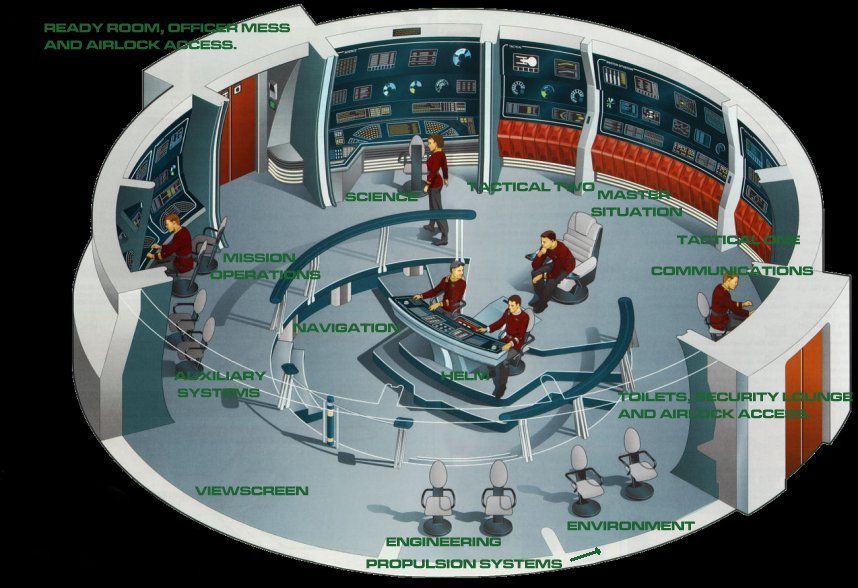 The above artwork is © Star Trek Fact Files. All rights reserved.
The above artwork is © Star Trek Fact Files. All rights reserved.
Author's Notes:
Friday 25th - Sunday 27th October 2019 I attended Destination: Star Trek at the Birmingham NEC. Part of the weekend's sightseeing was in the Starfleet Museum with the Picard exhibit. Of importance to me was a model done of the U.S.S. Stargazer, NCC-2893. Below are a selection of photographs I took of the model. with particular attention to grills, lifeboats and the little details on the ship. I disliked the Stargazer design when I first saw it in 1987; I can say that I fell in love with the design the more I looked into it and now it's one of my favourite Star Trek starship designs. As my character, Nathaniel Hawkins, spends a lot of time onboard sister ship U.S.S. Montrose - first as an Ensign and later Lieutenant (junior grade)- I wanted to capture as much visual information on this starship as I could.
